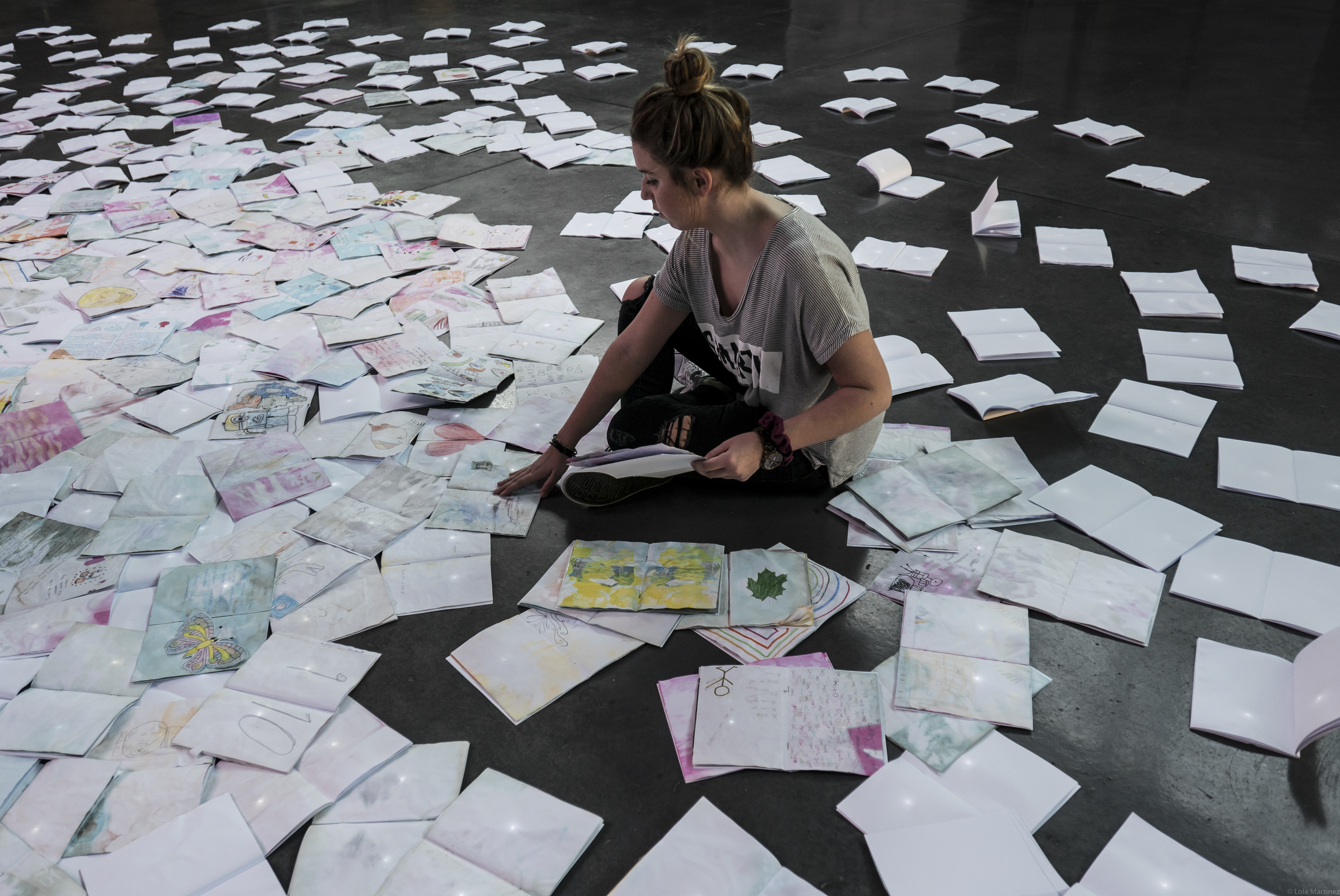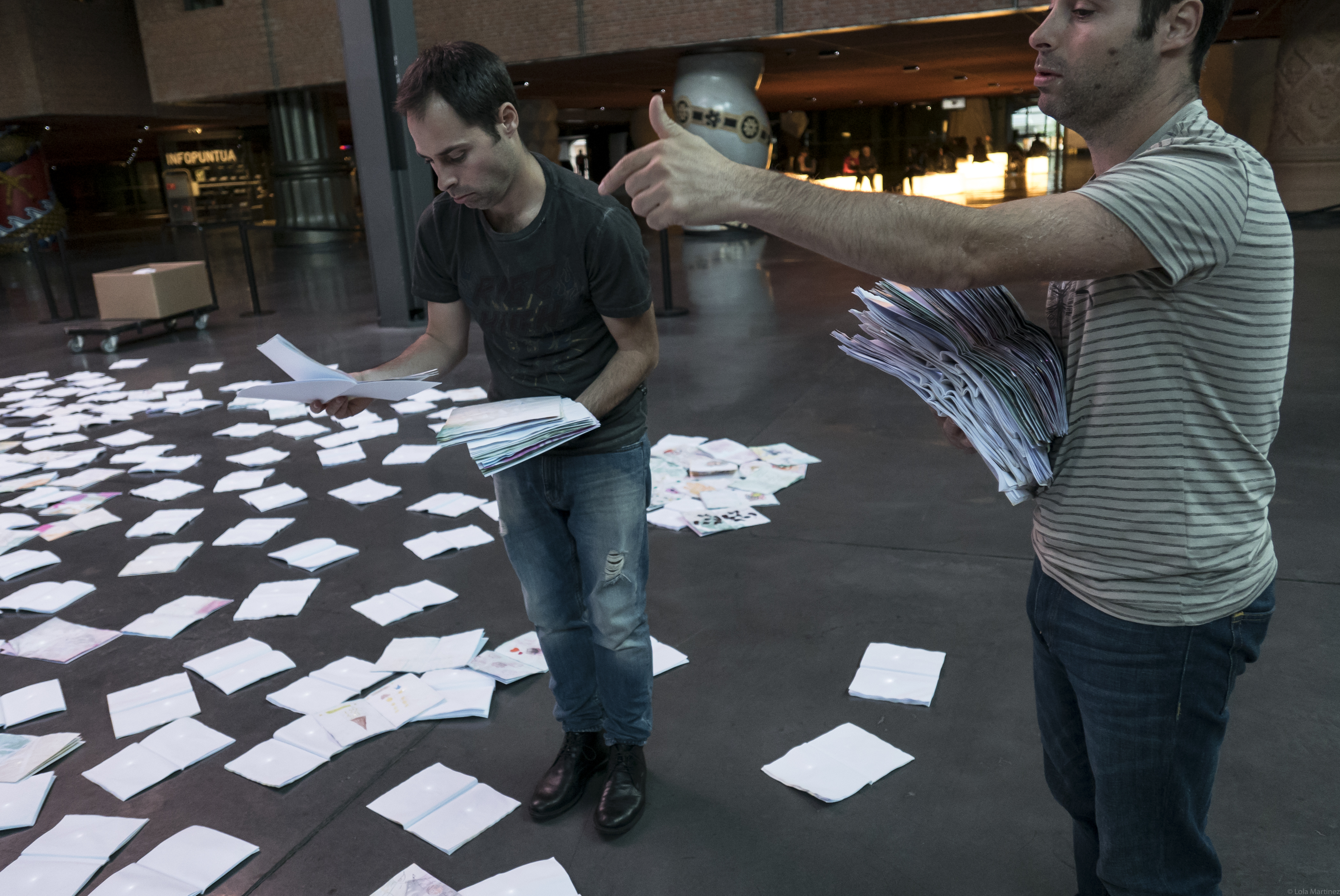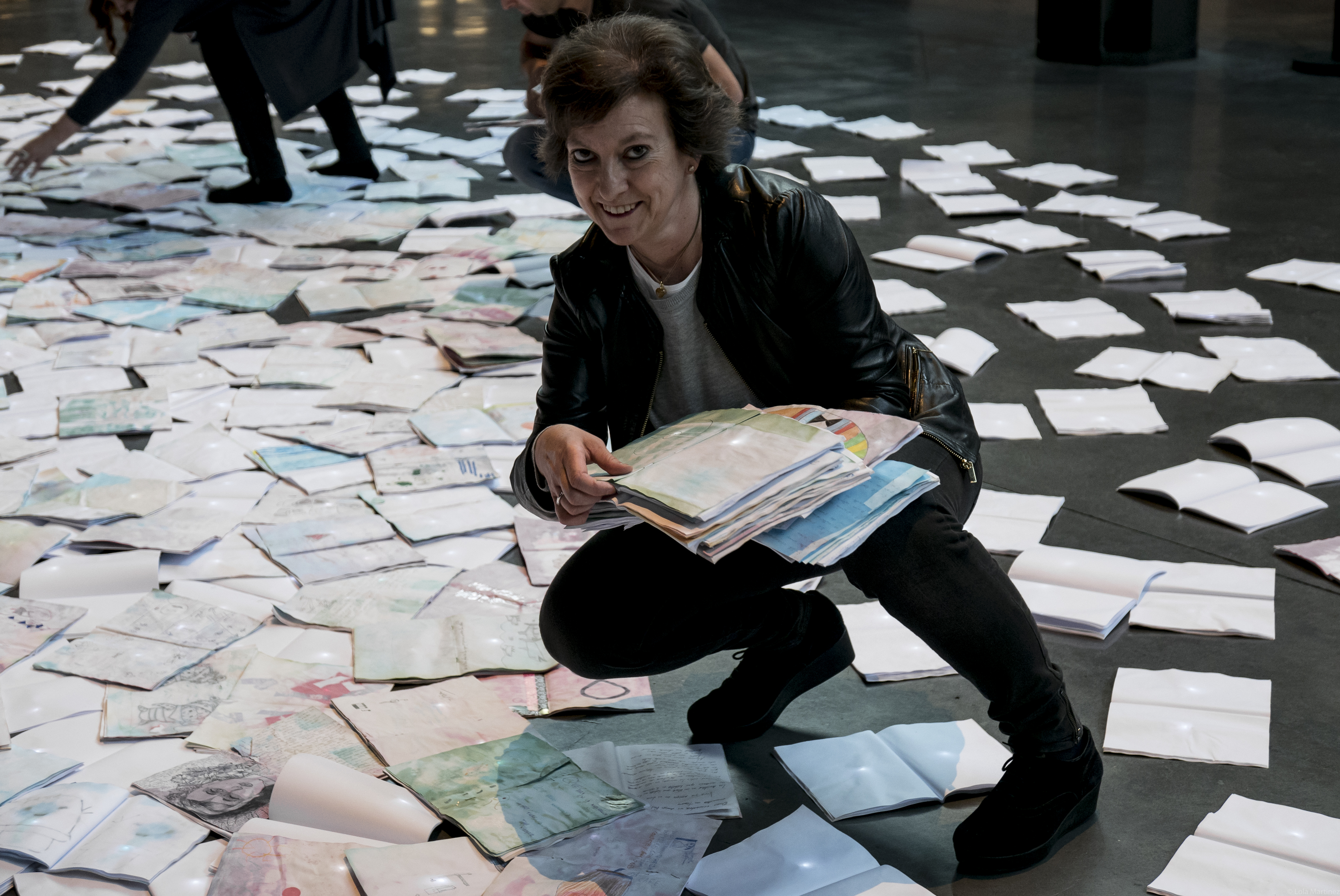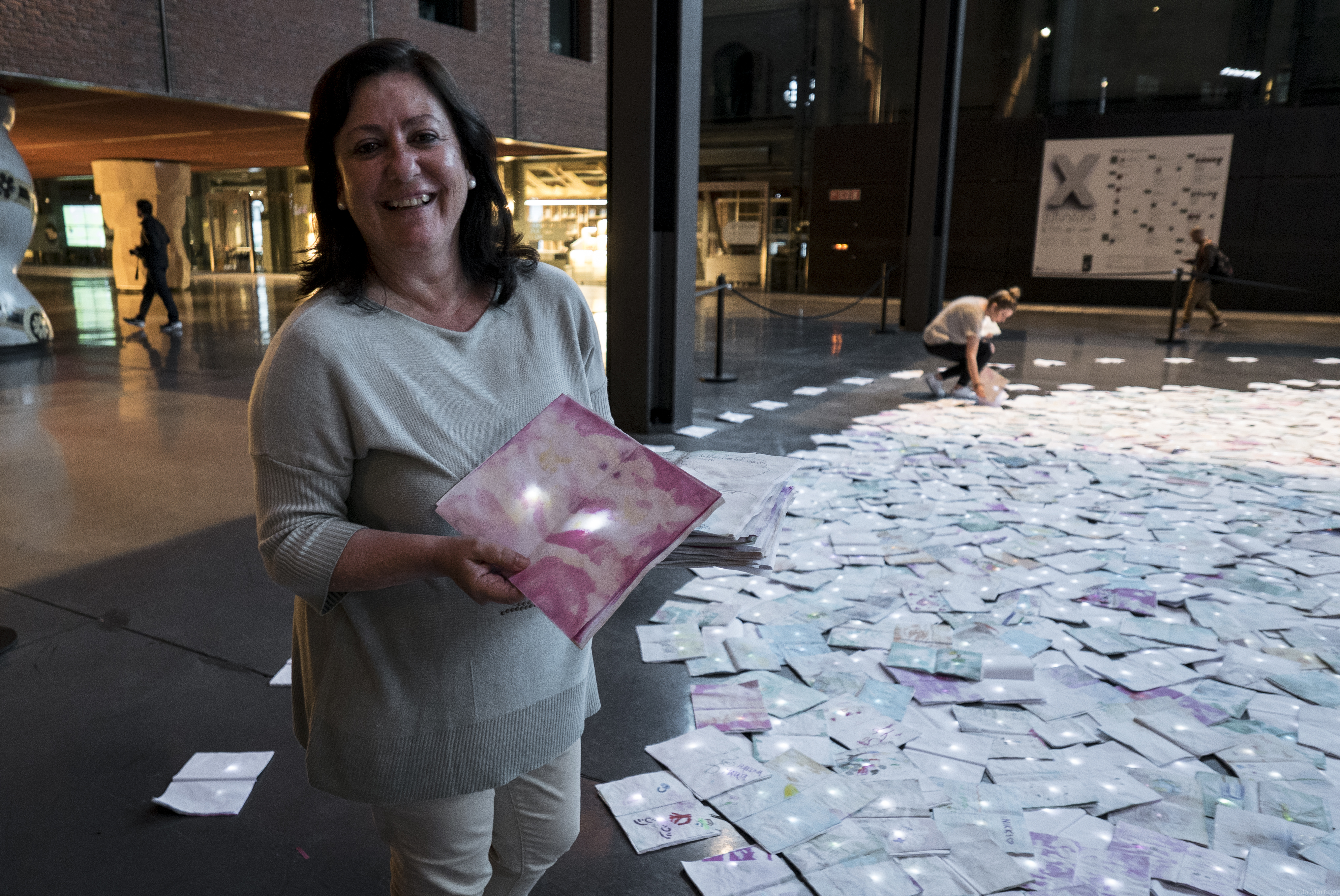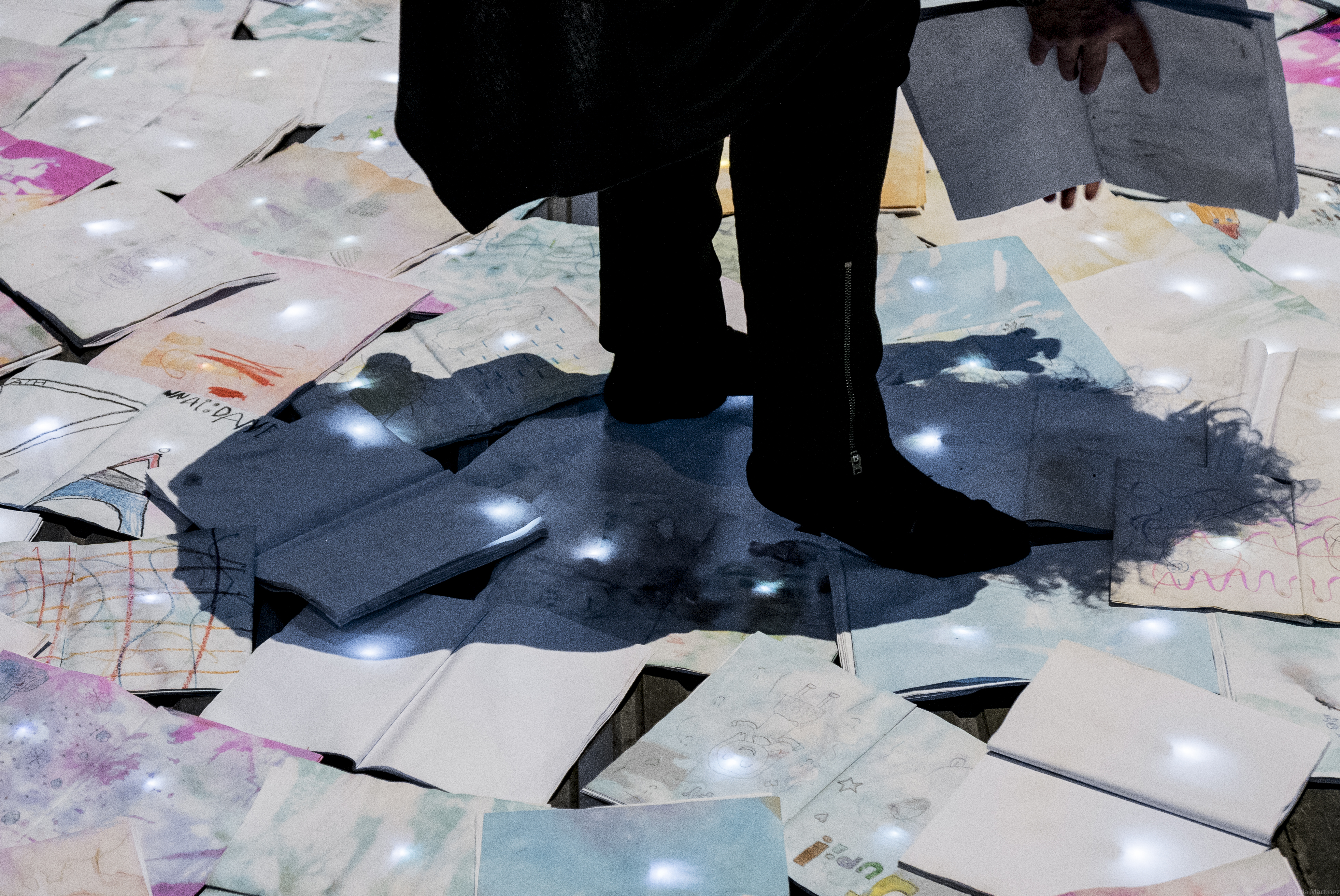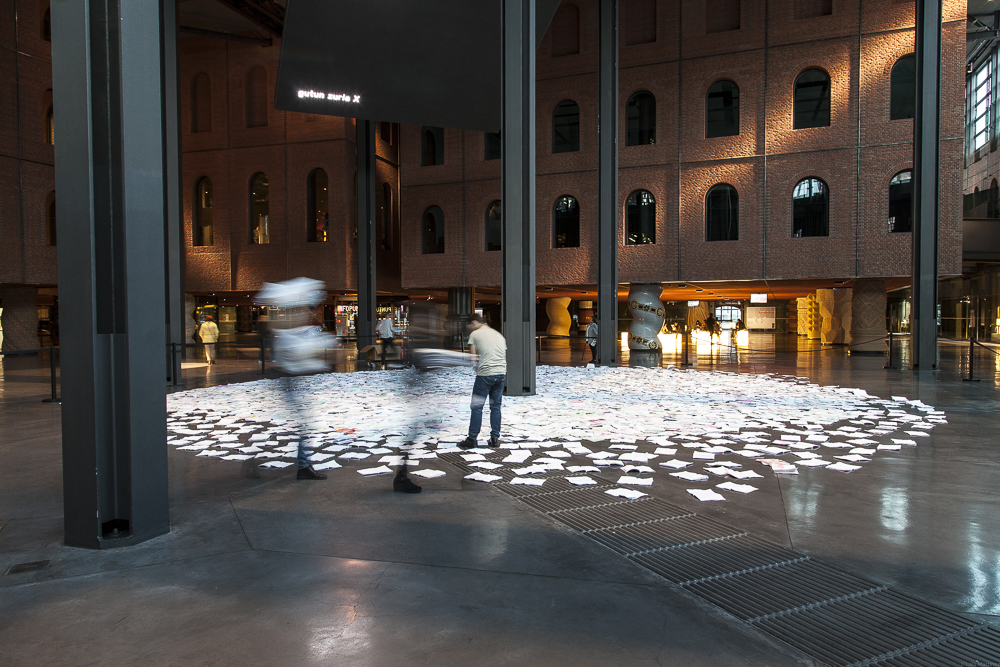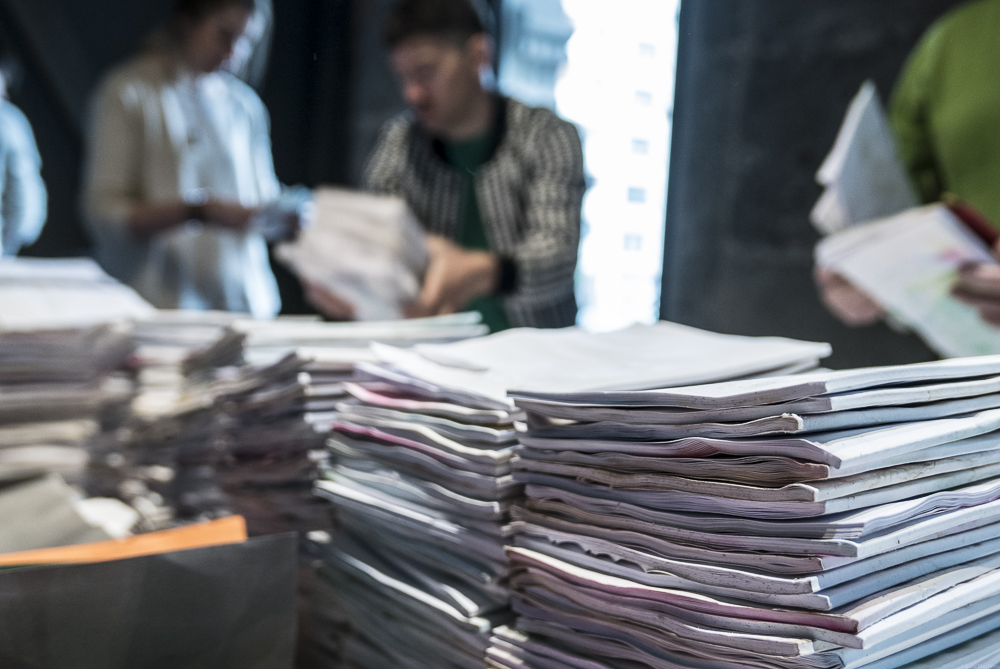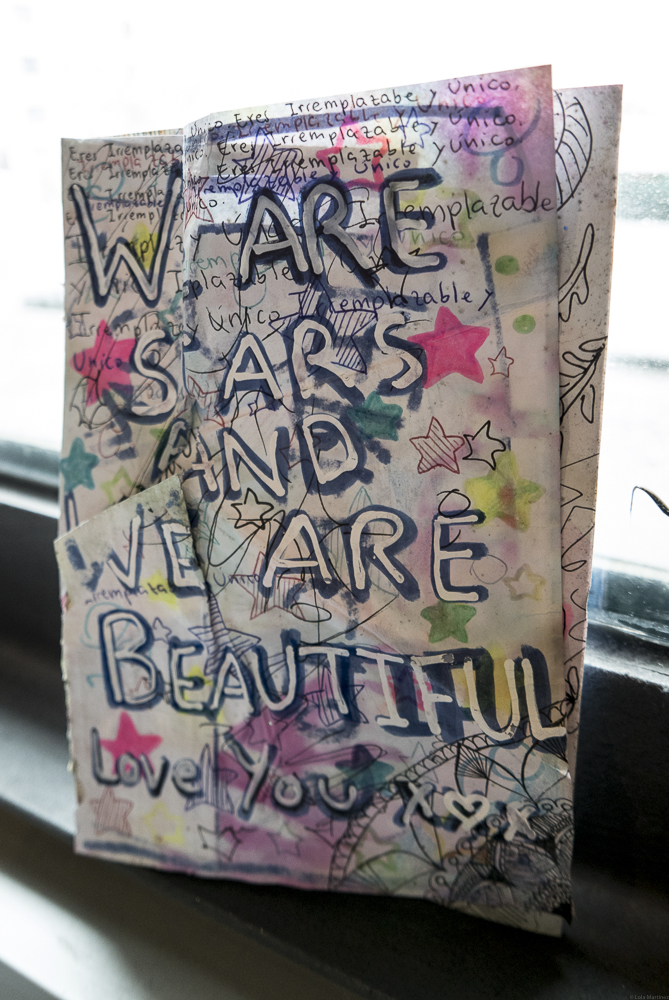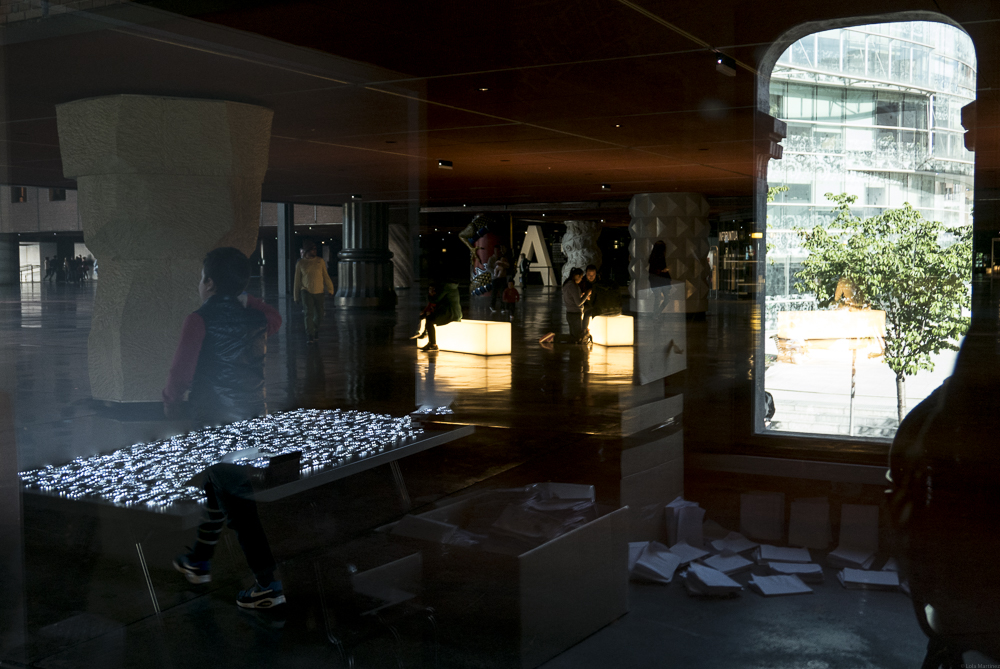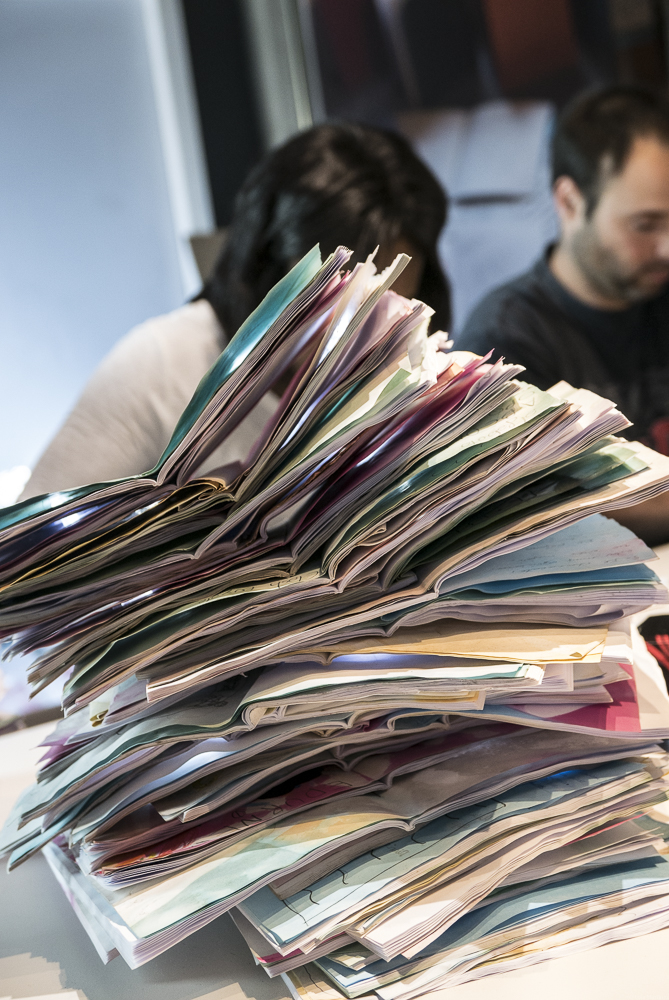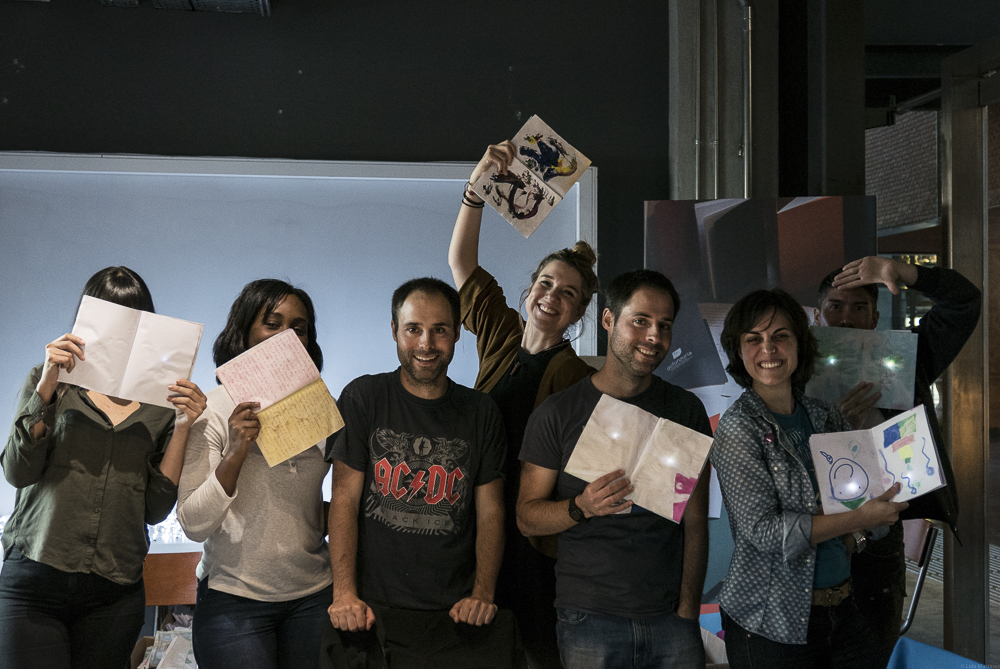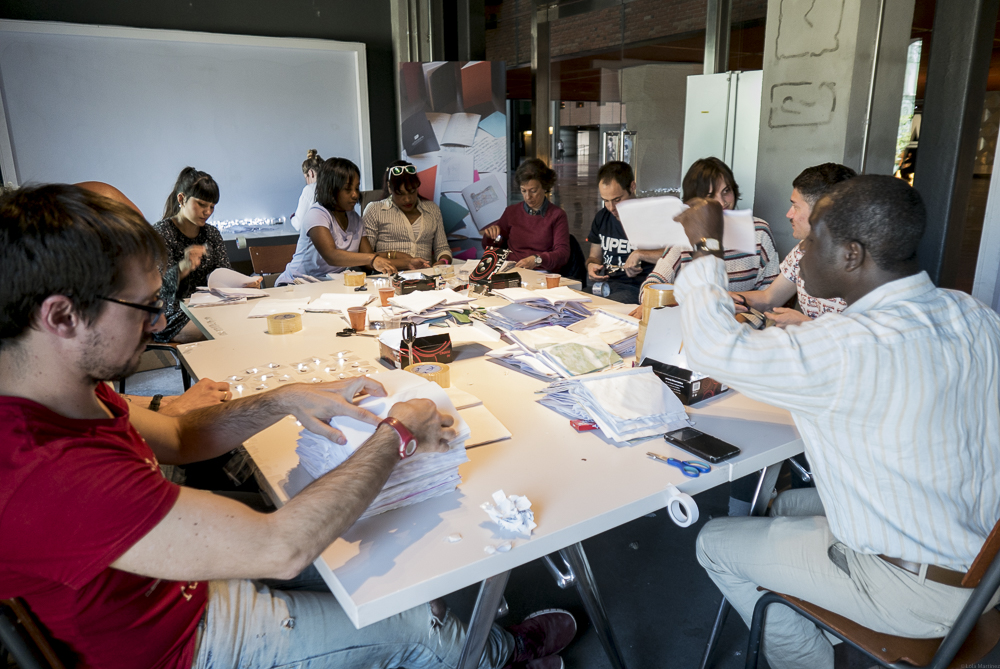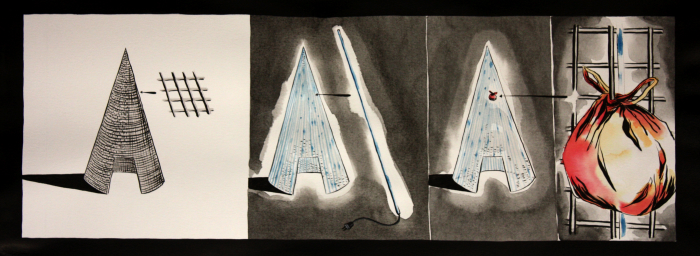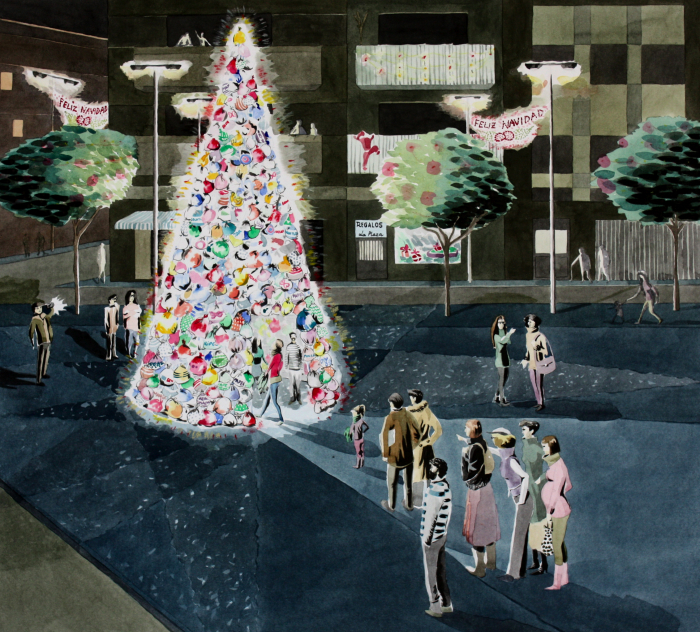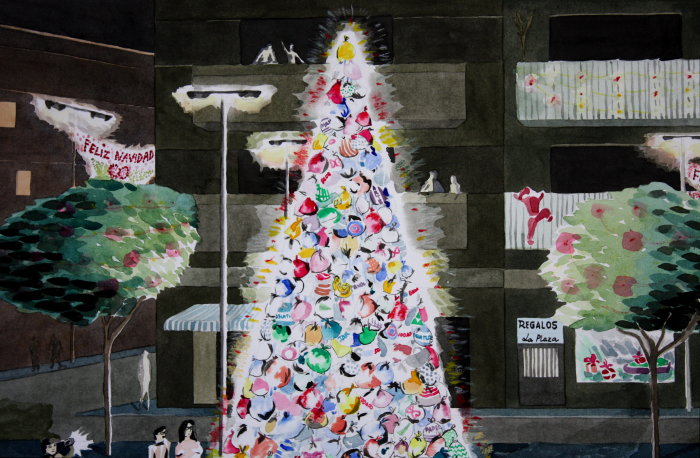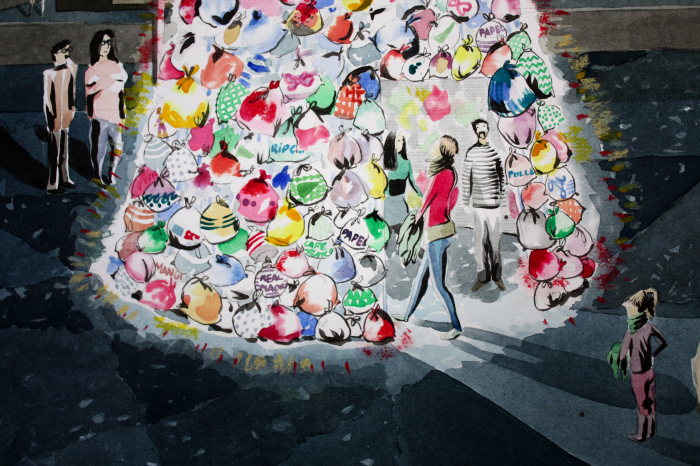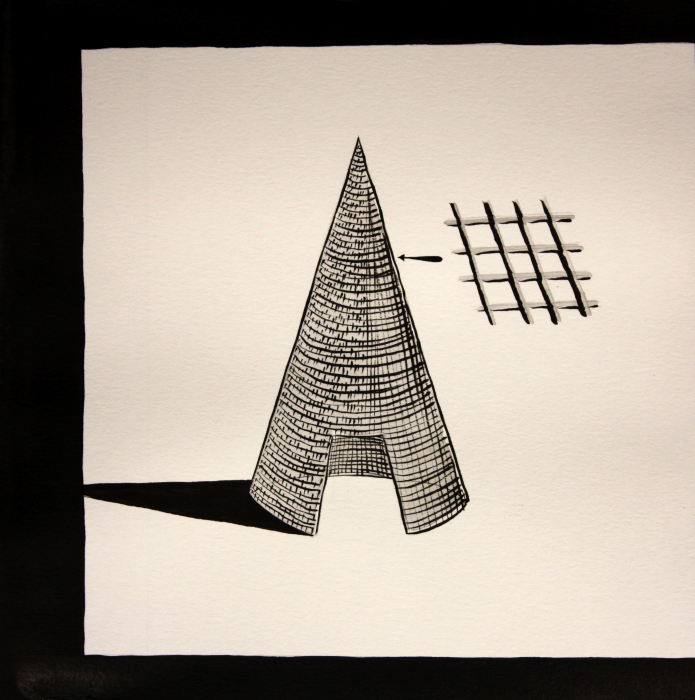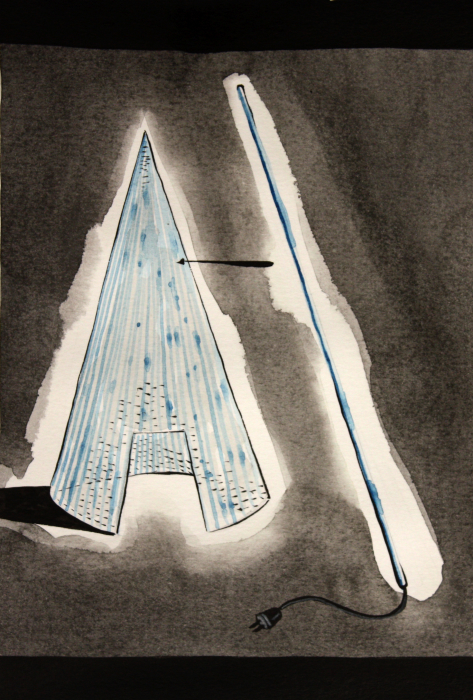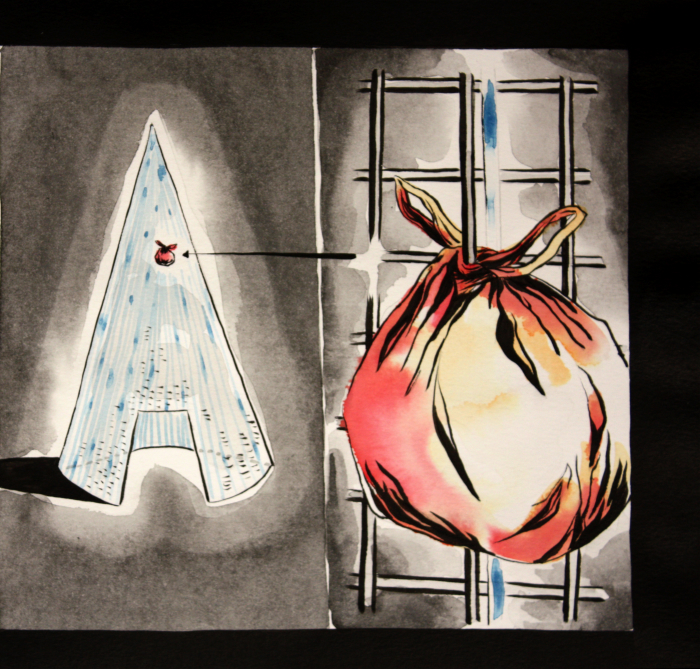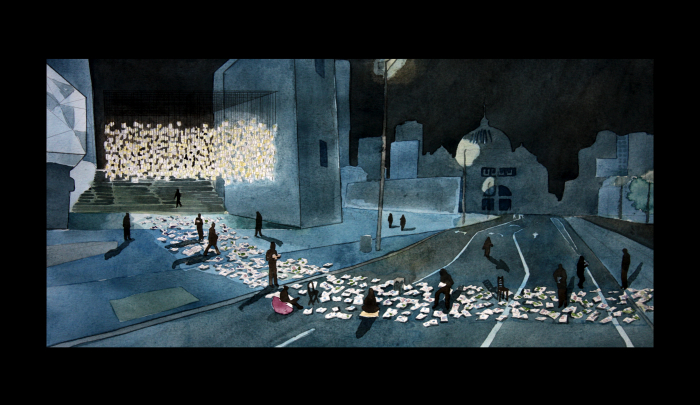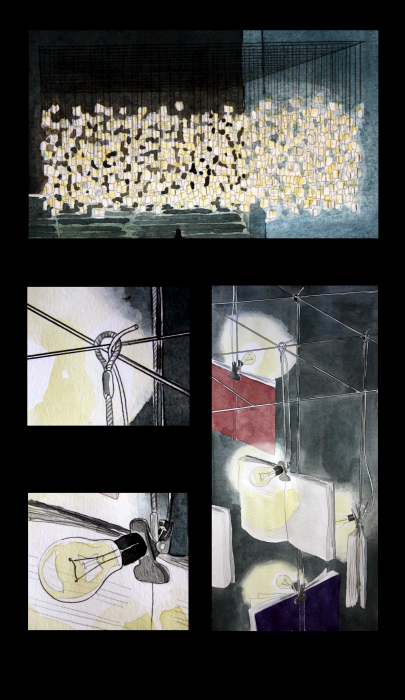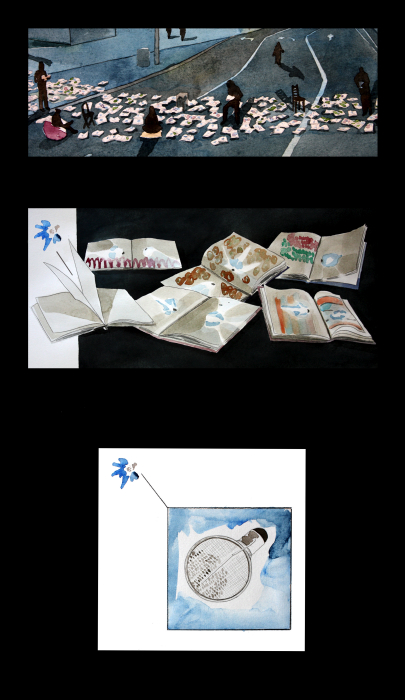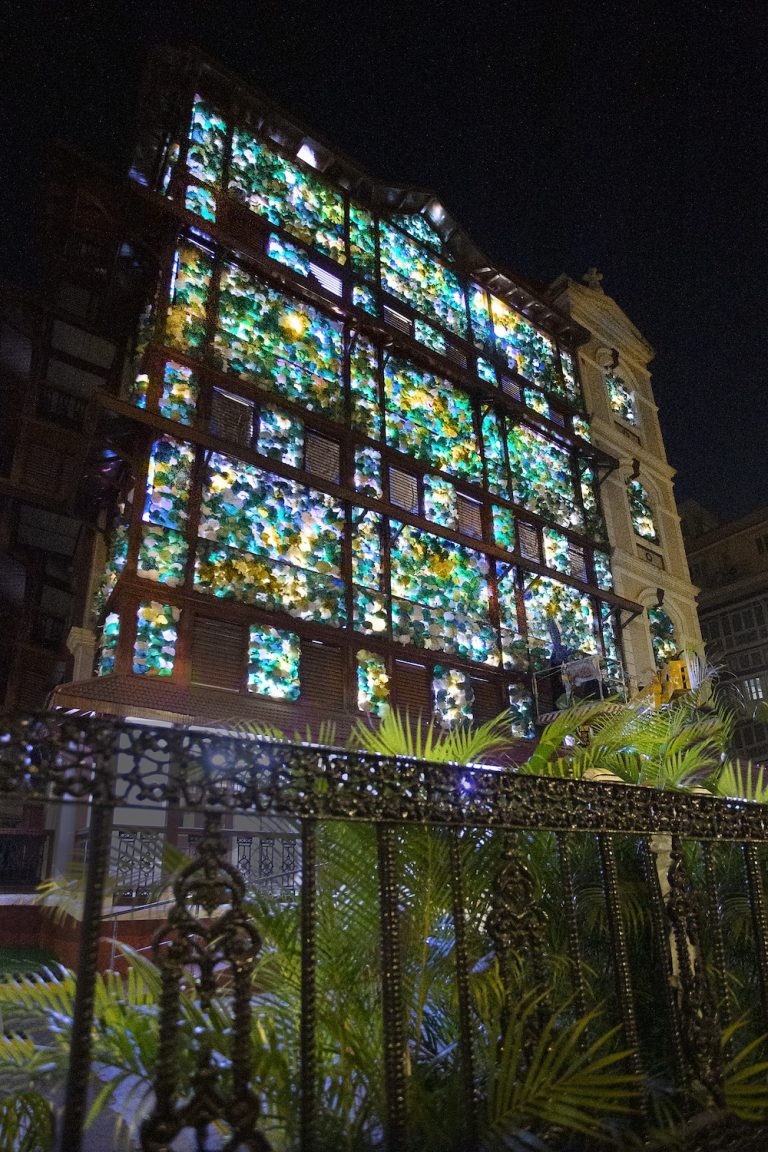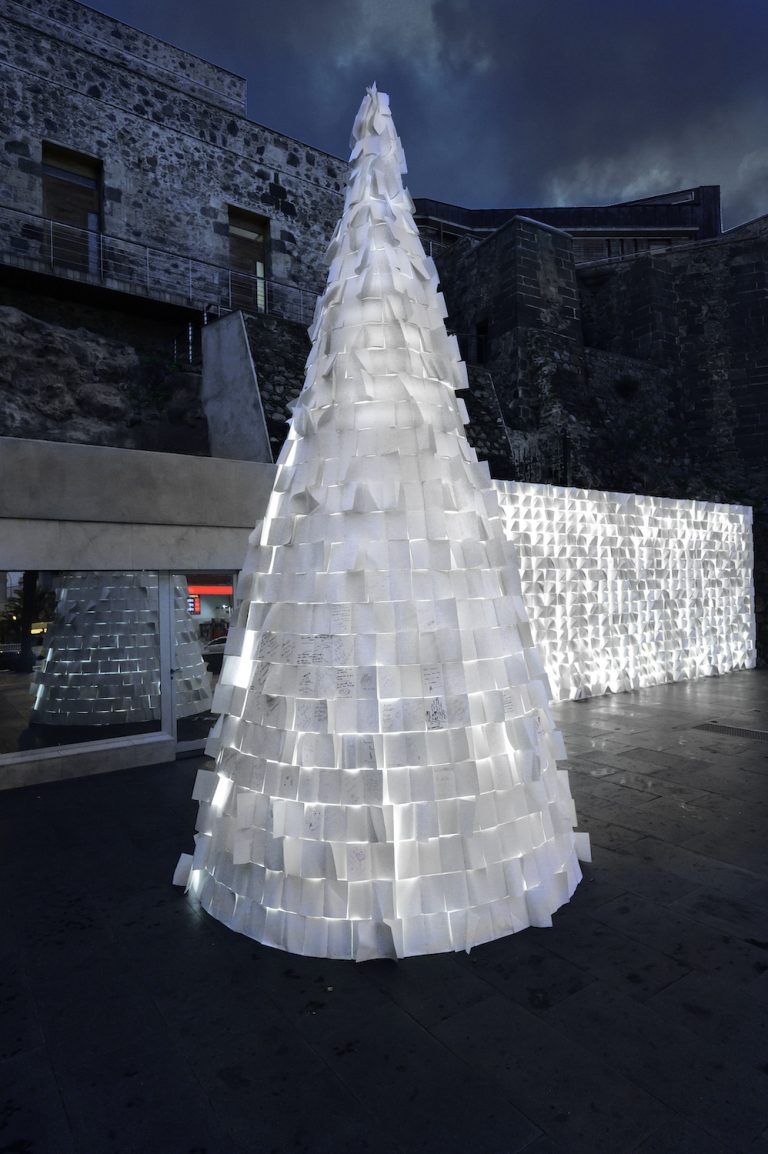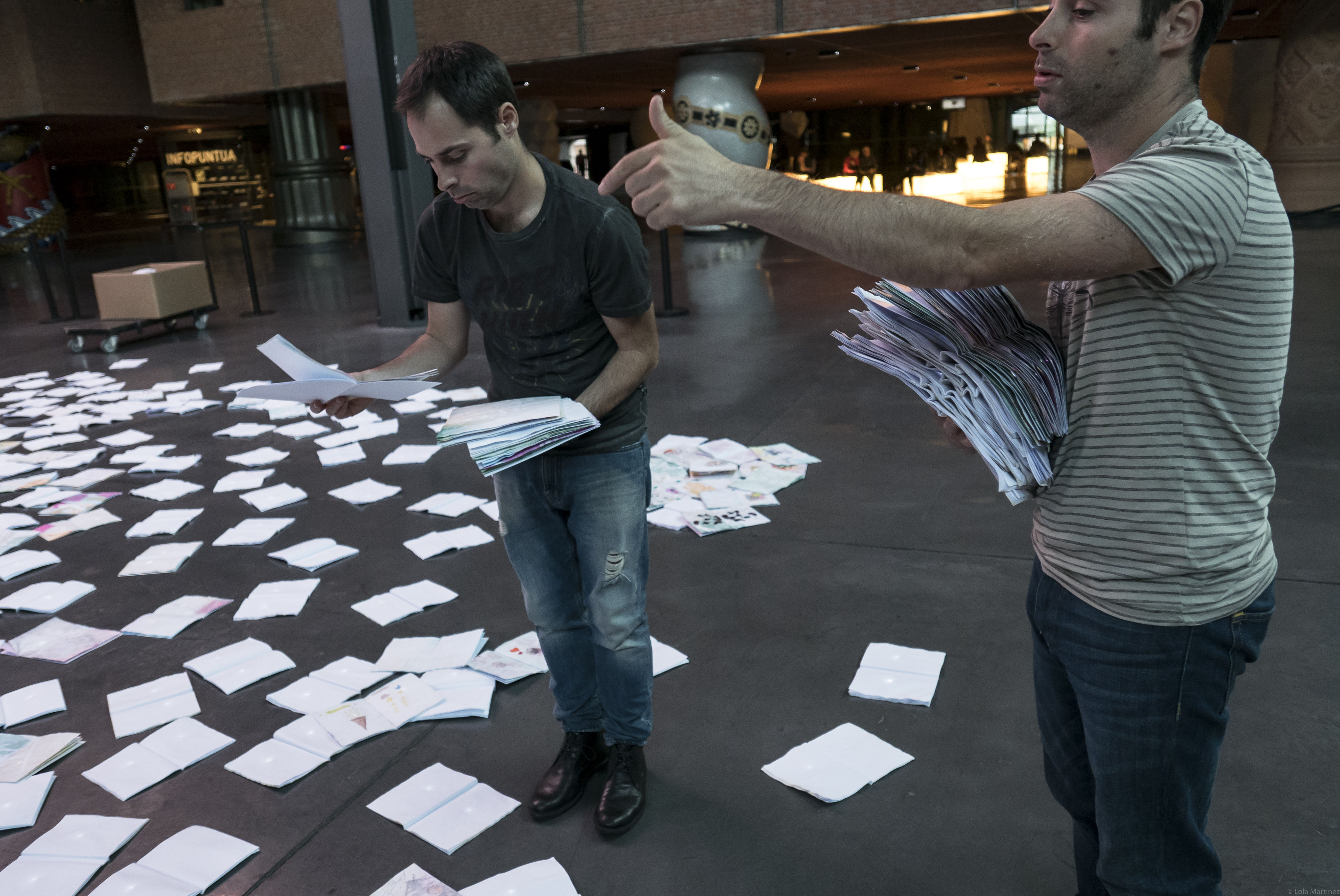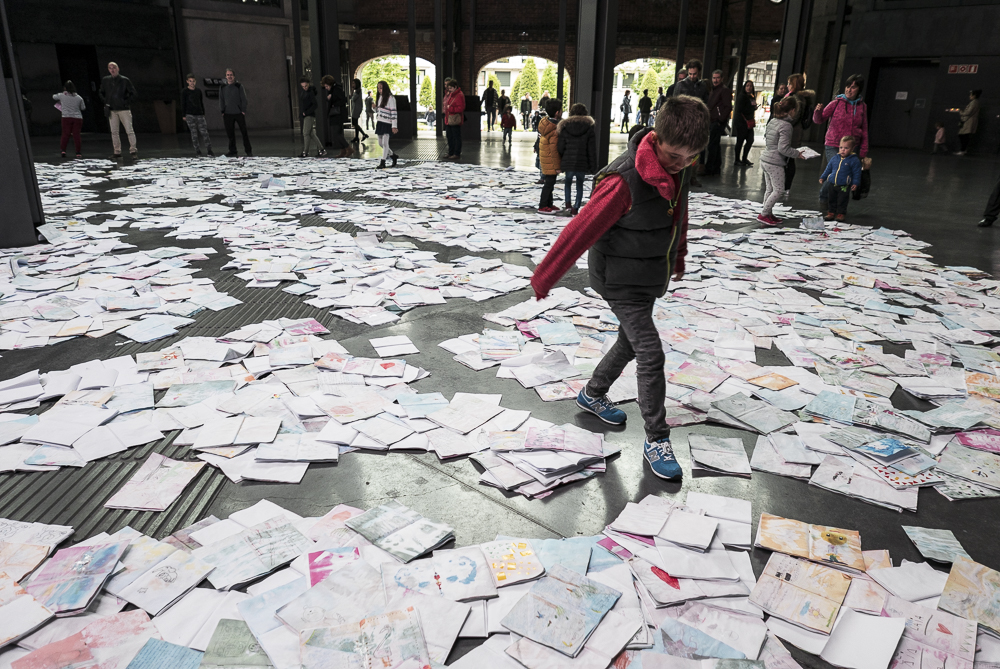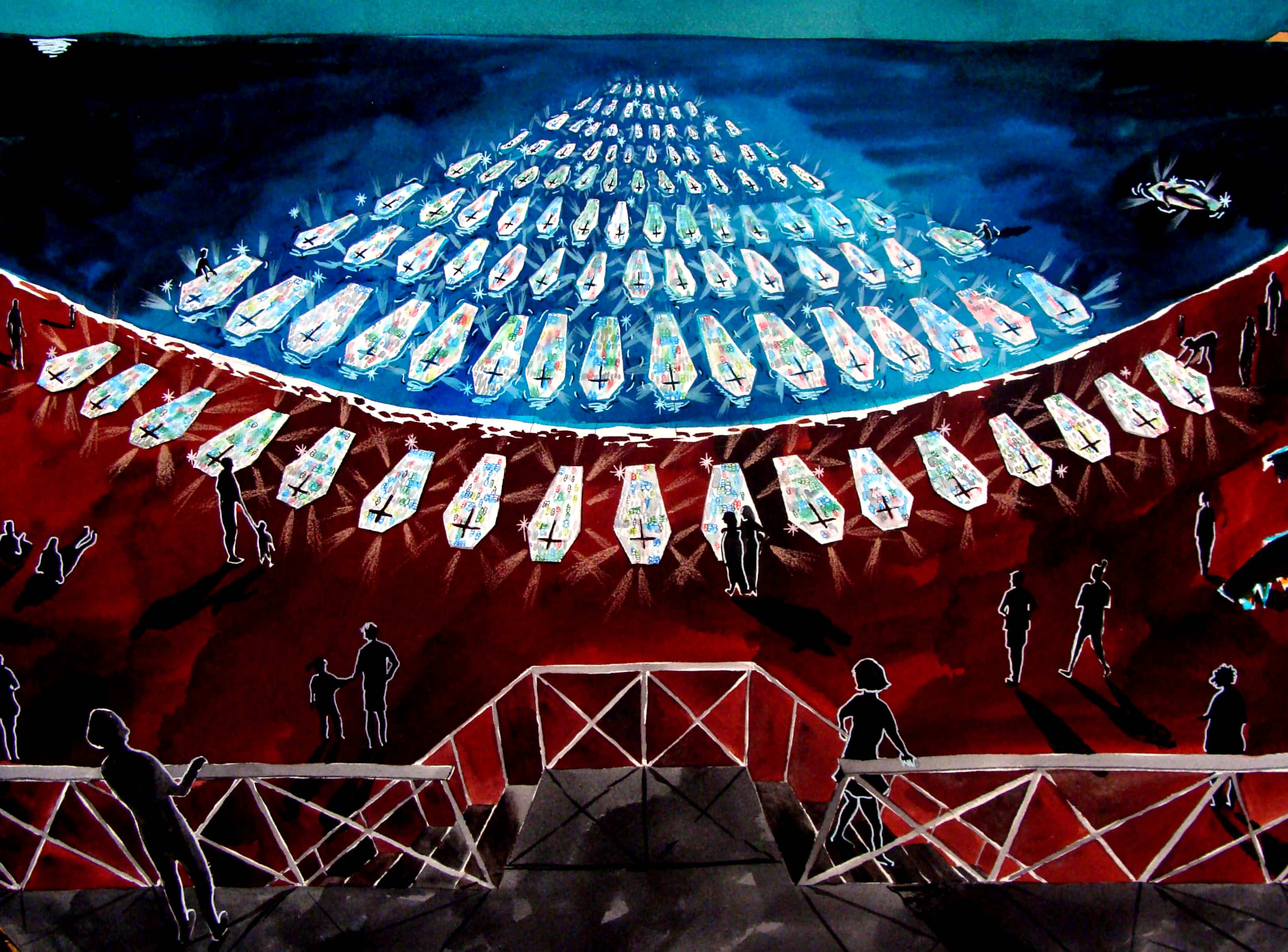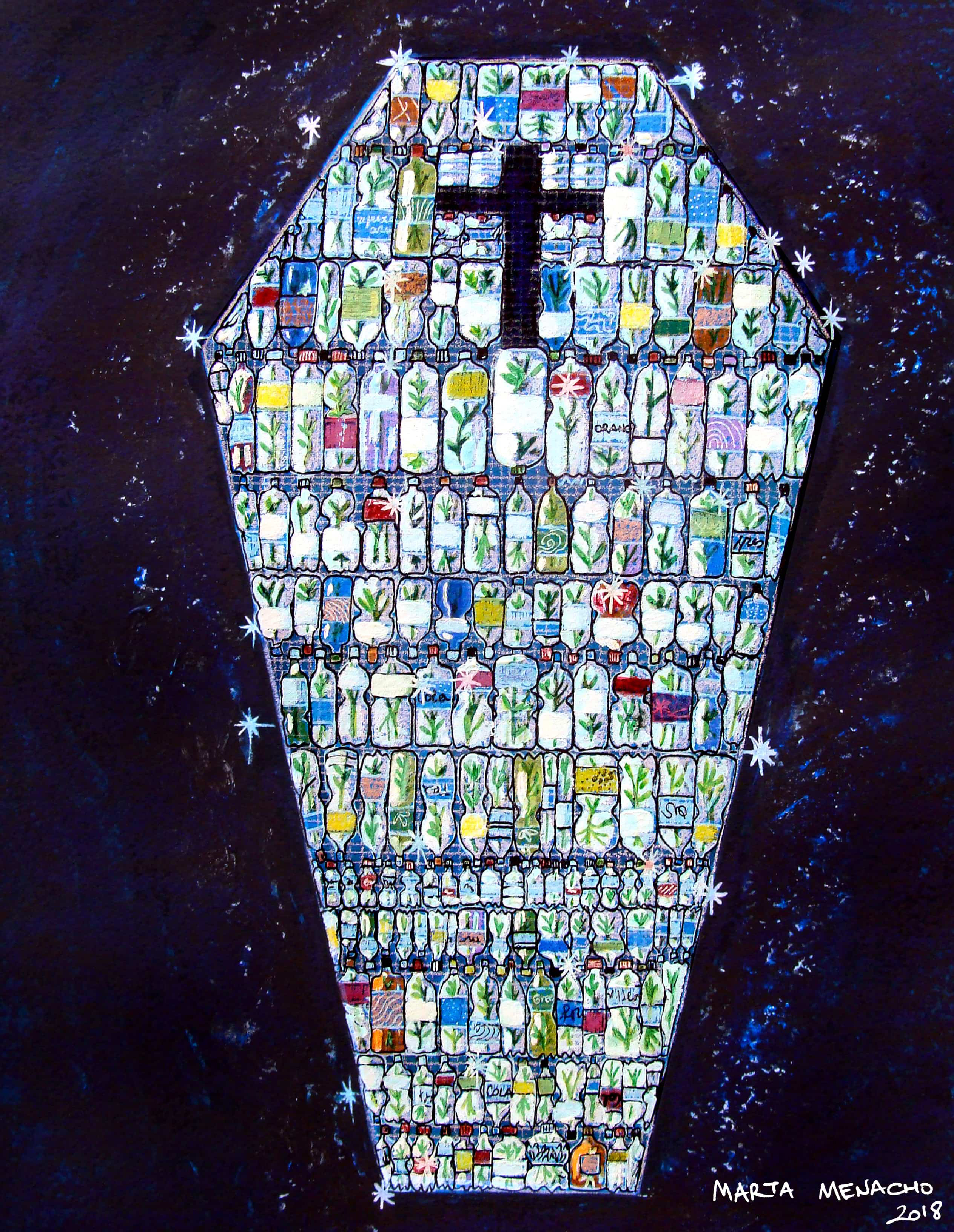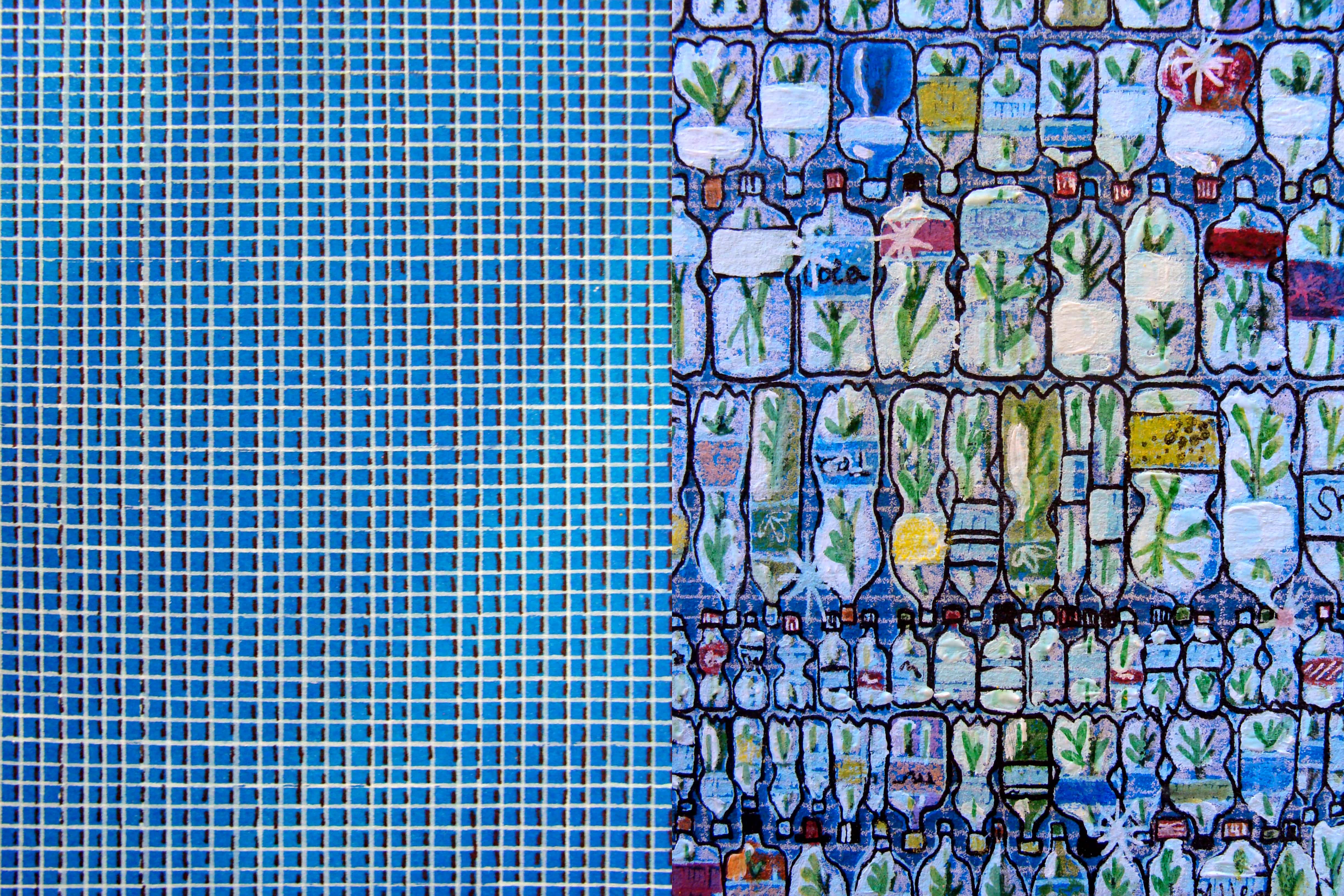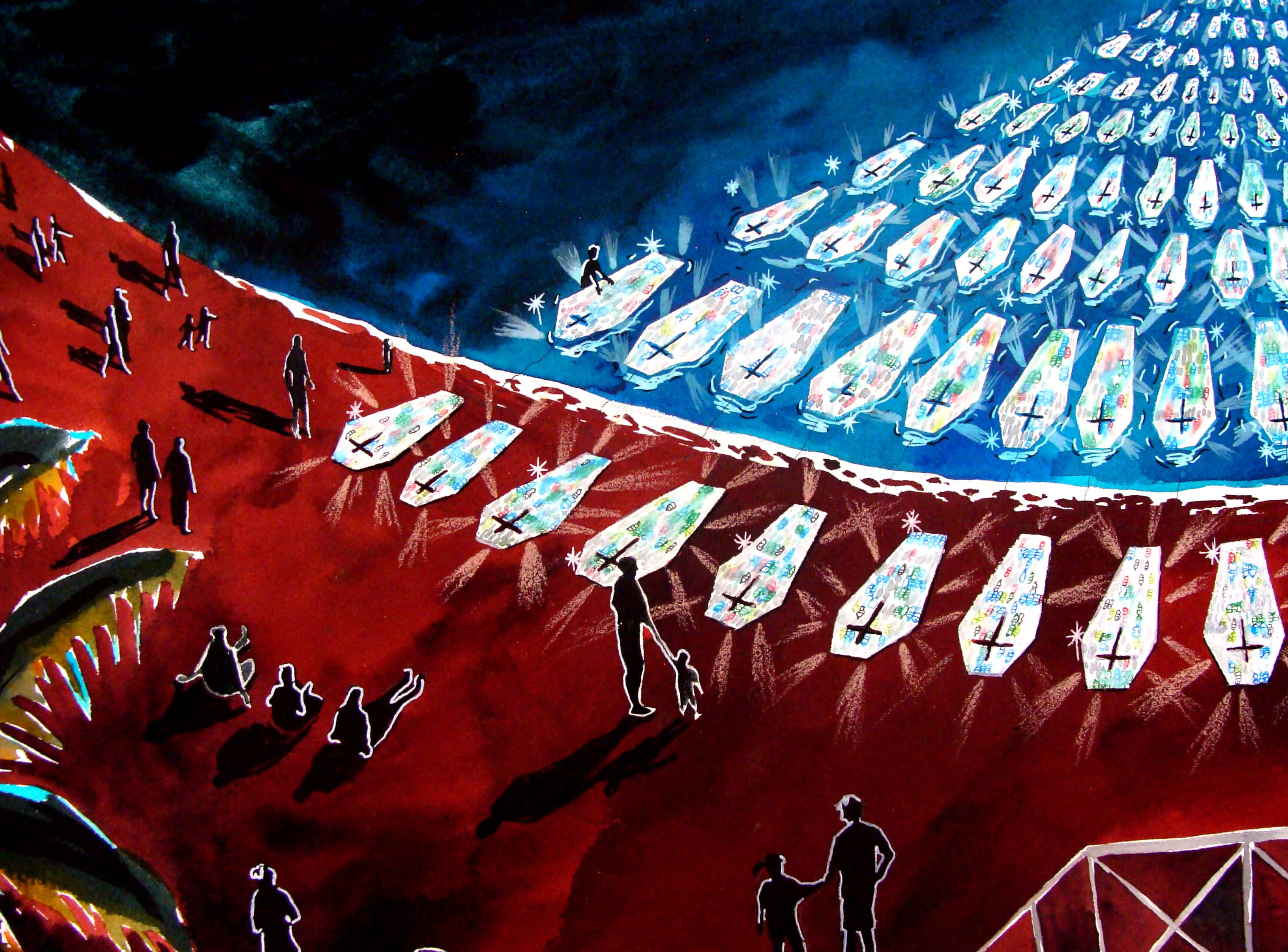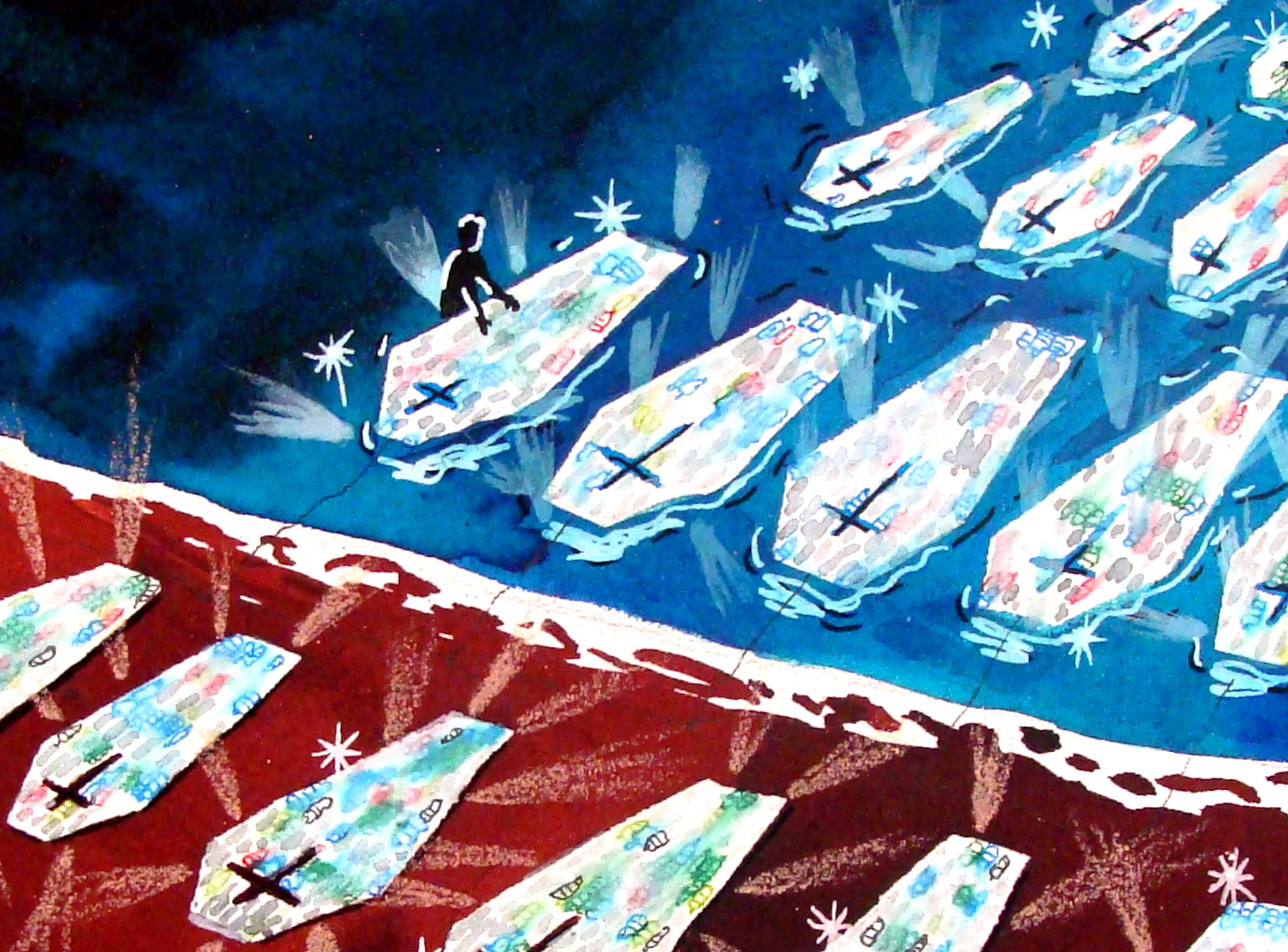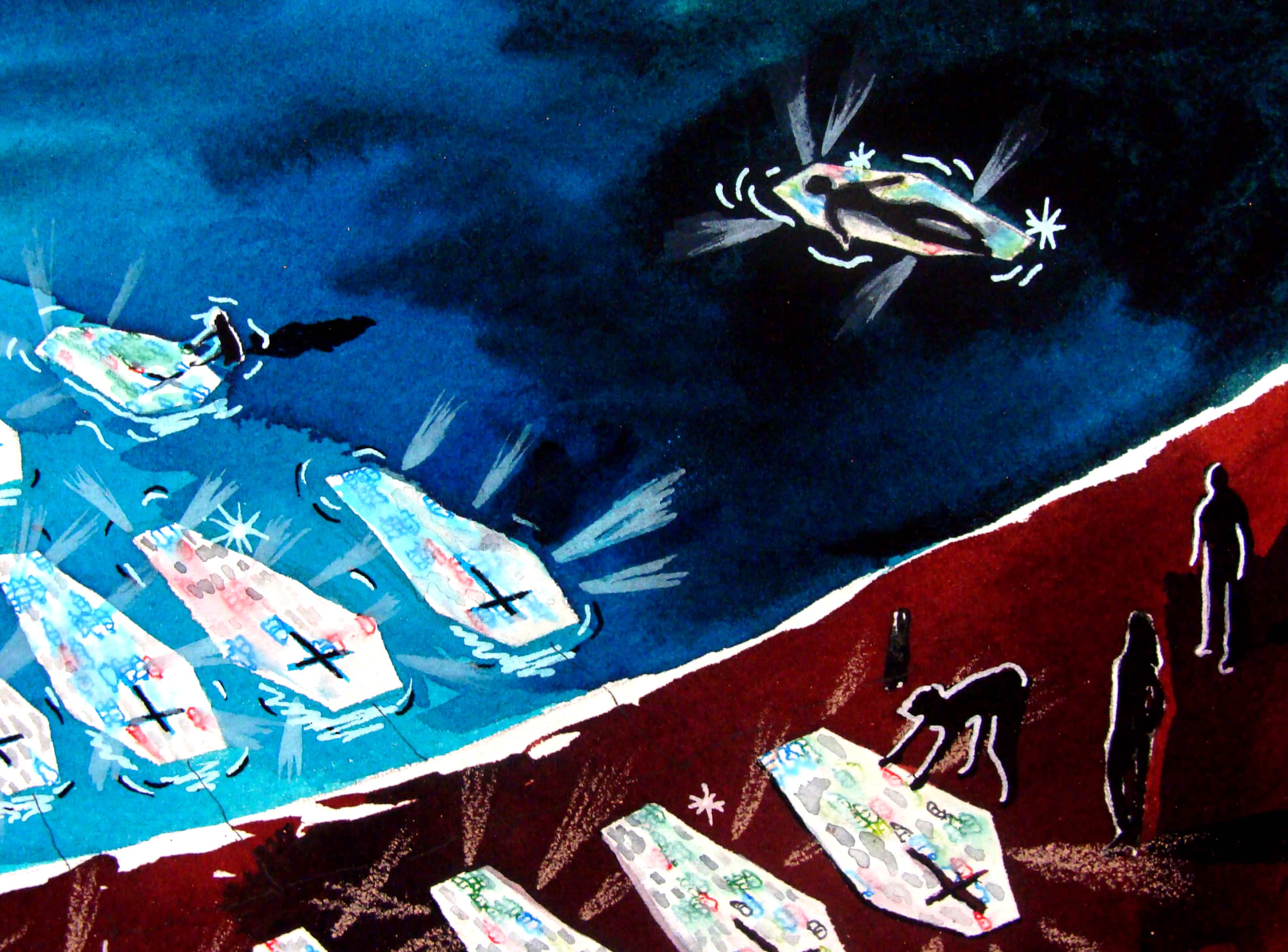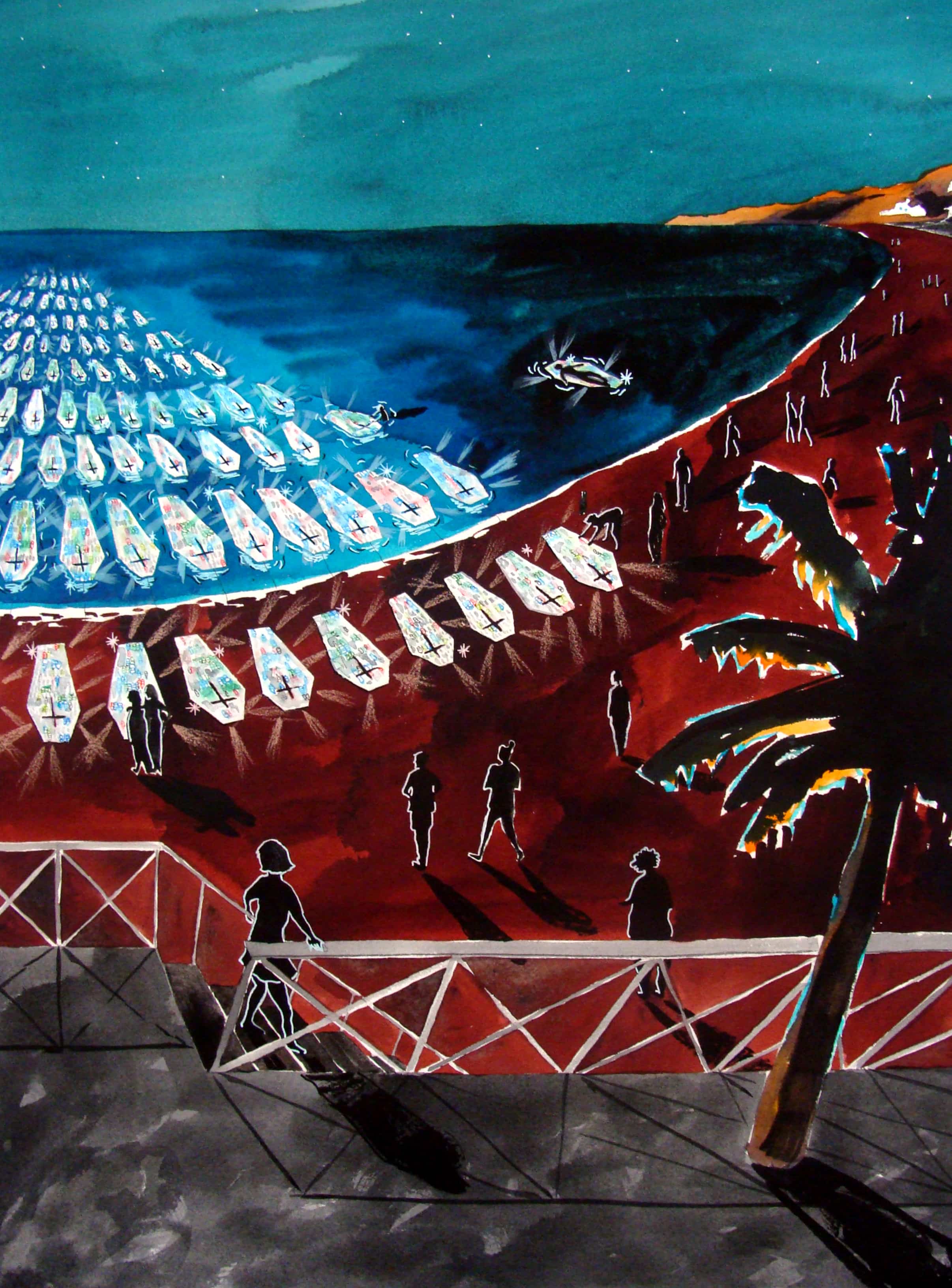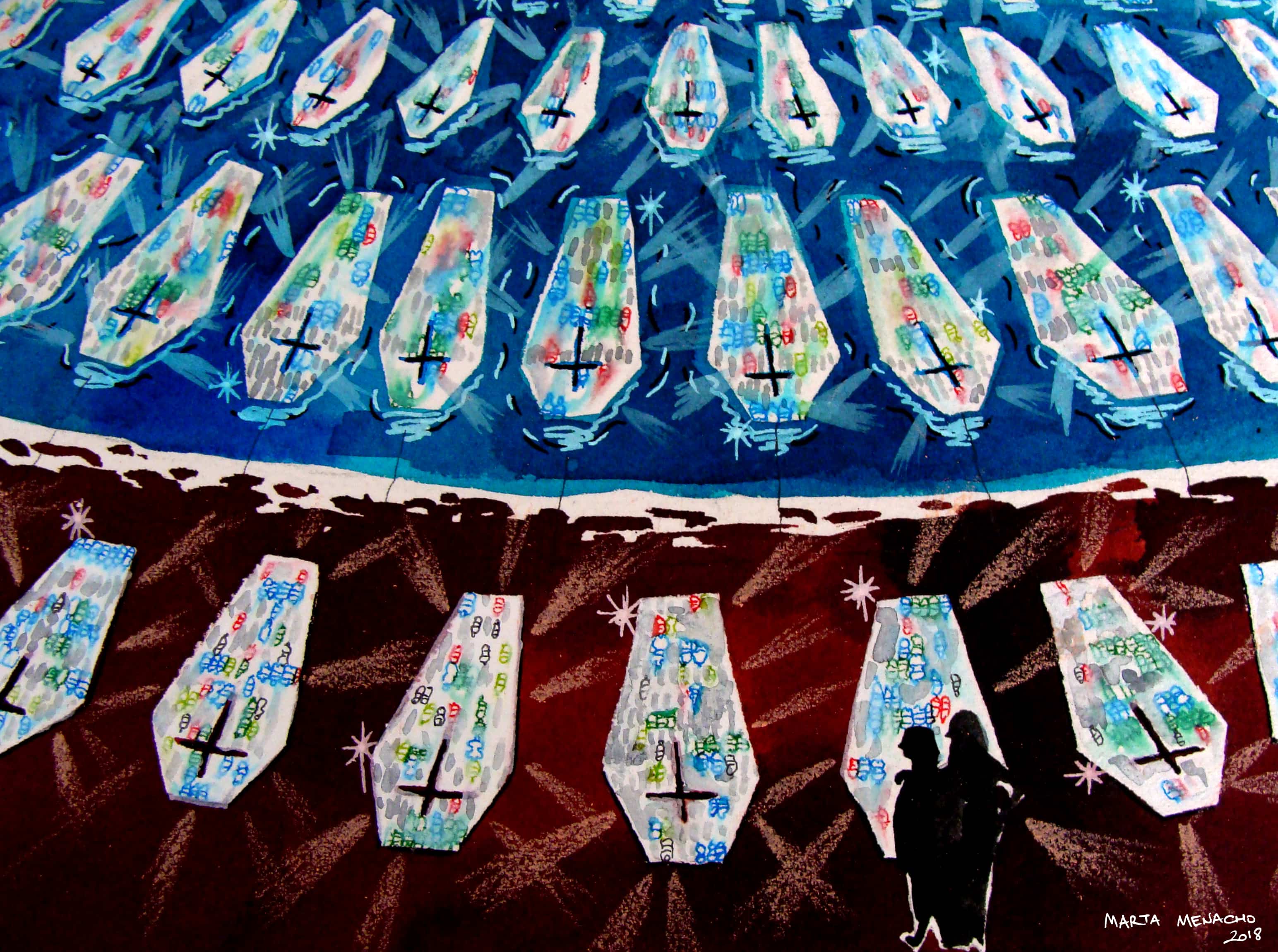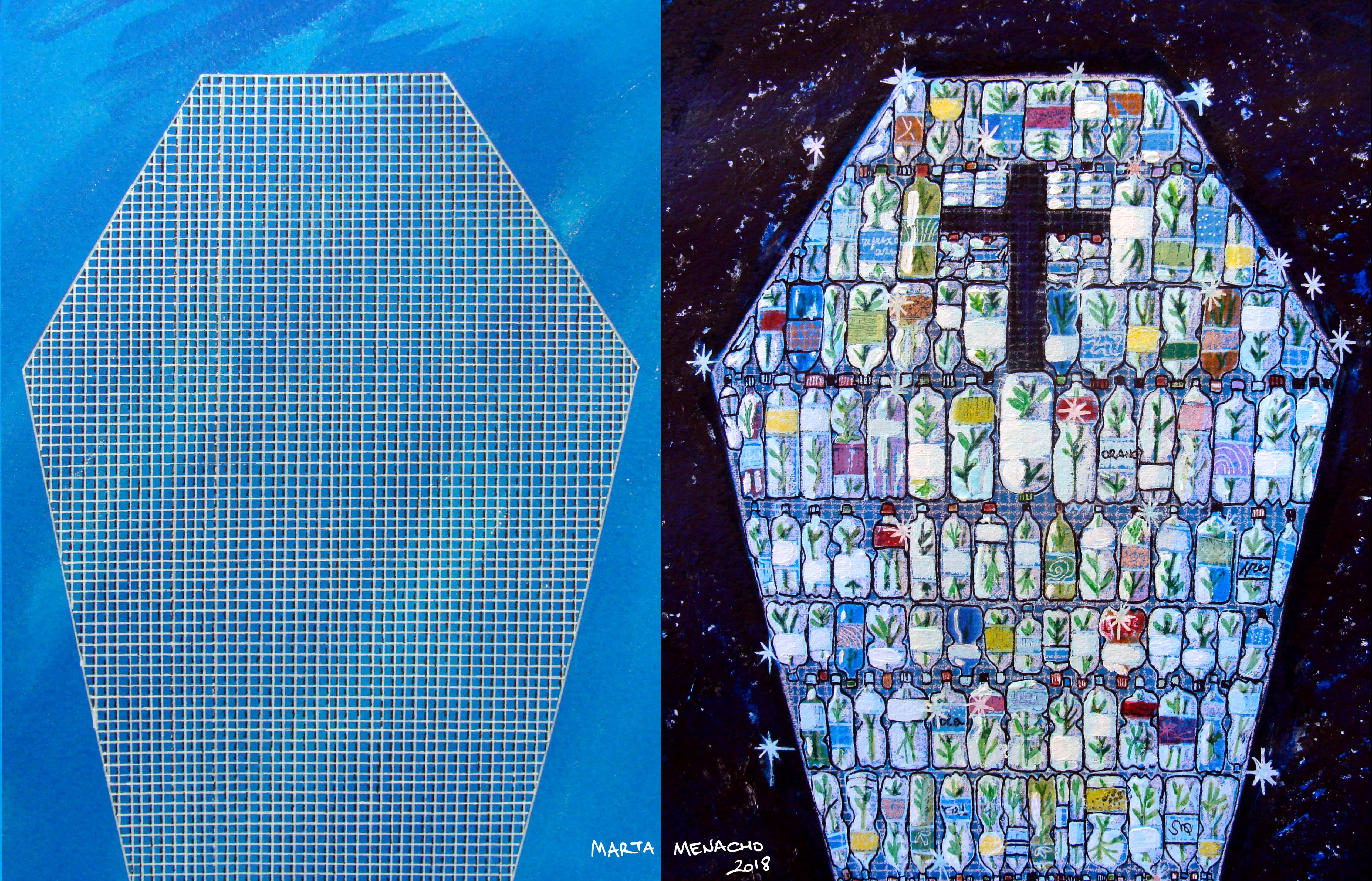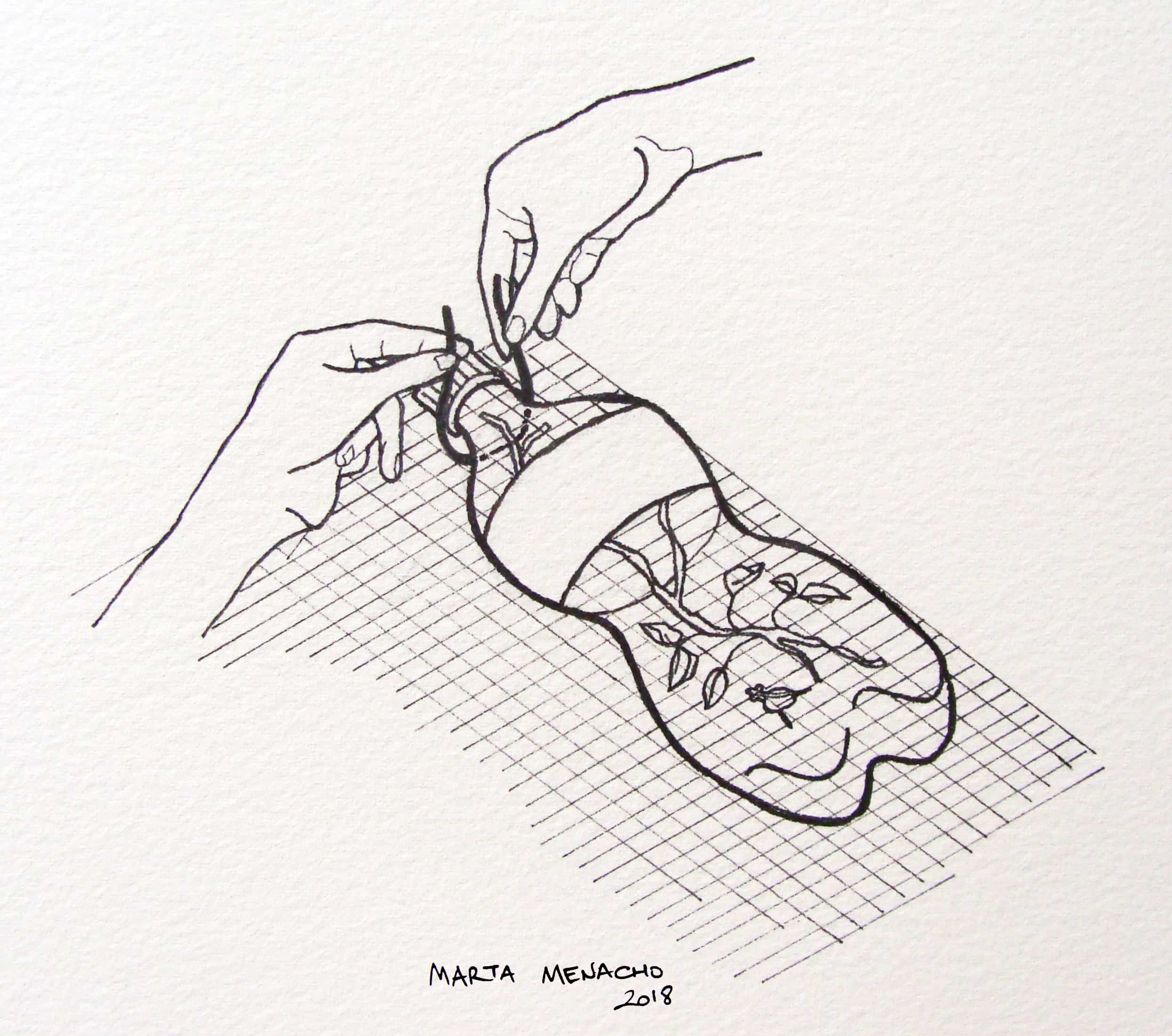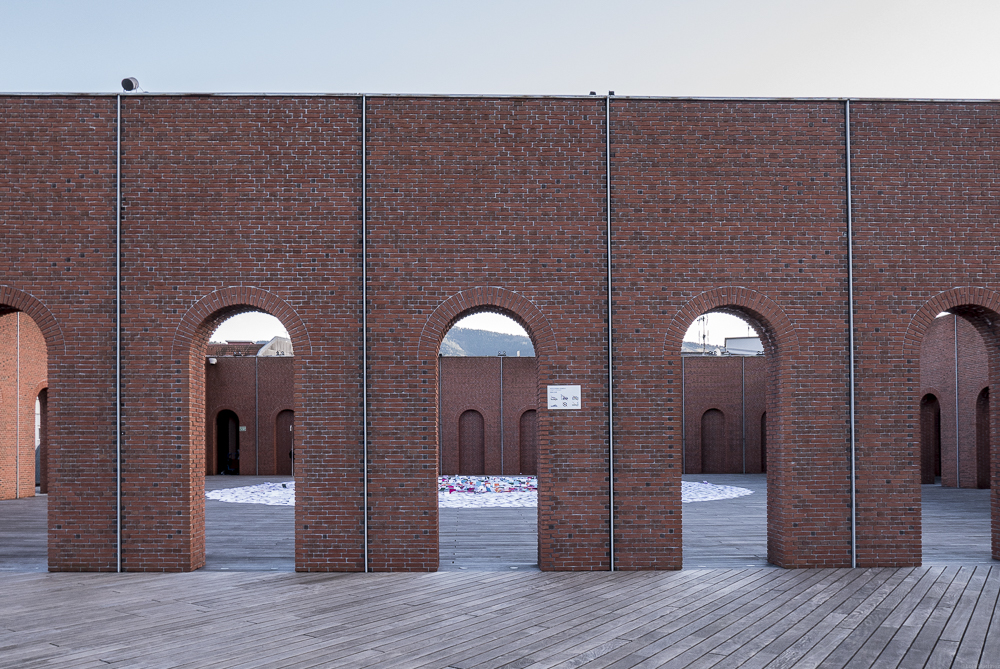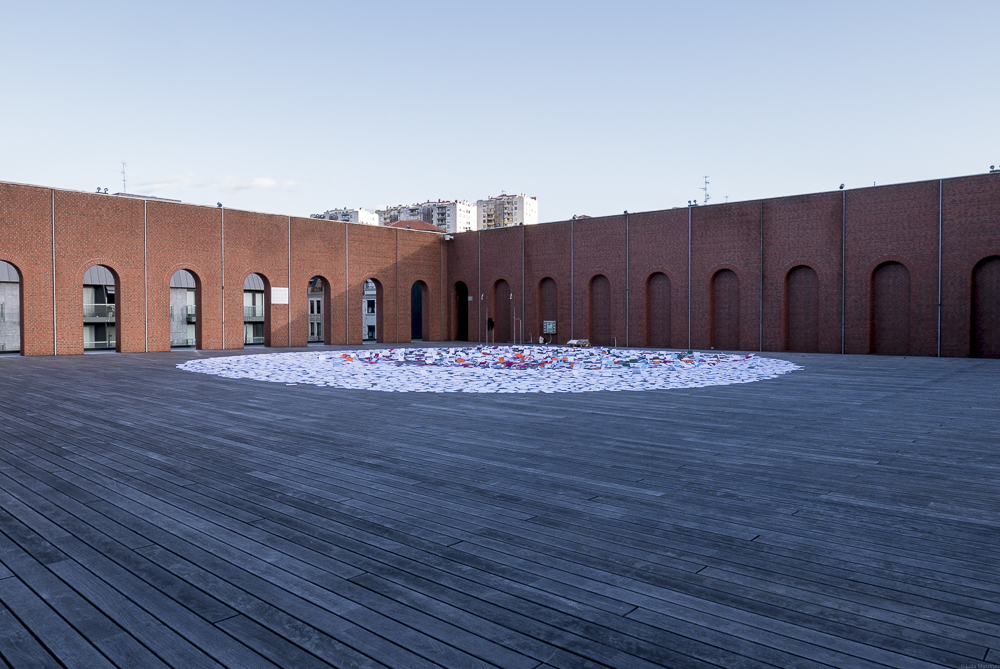29 mayo, 2017
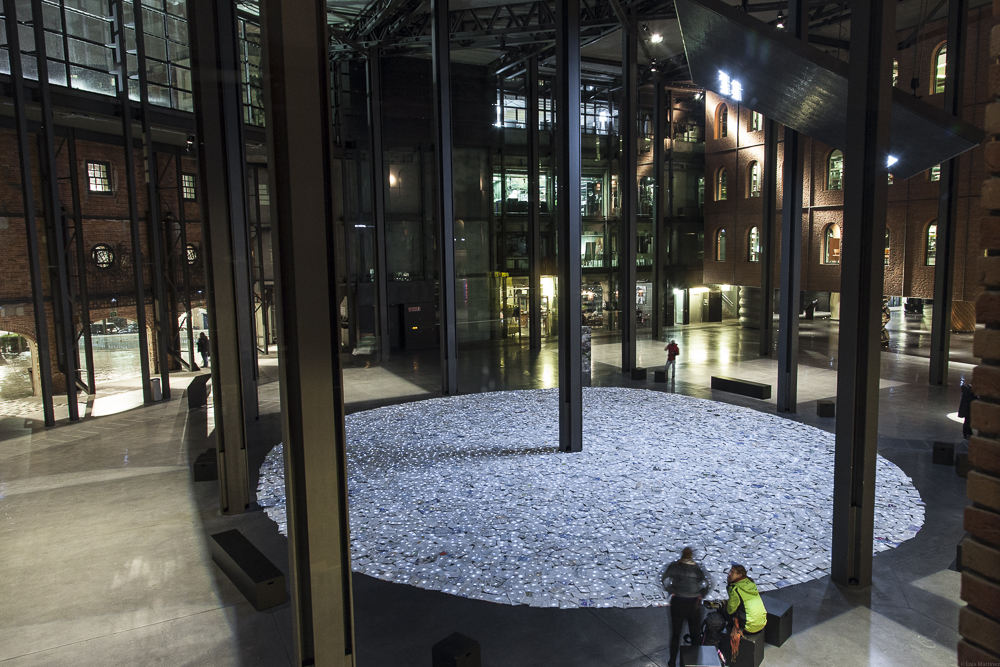
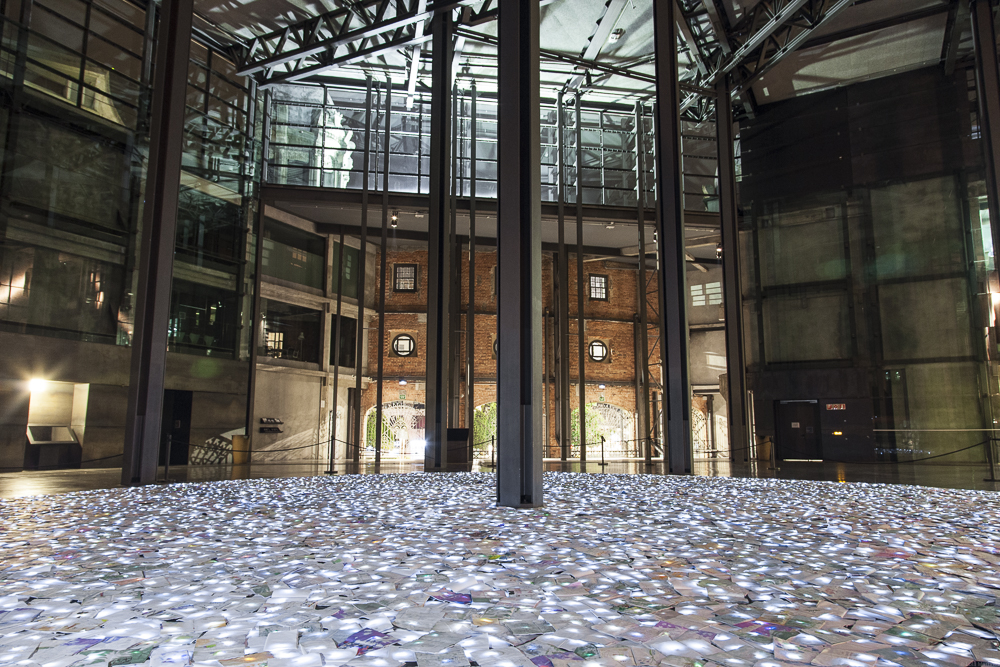
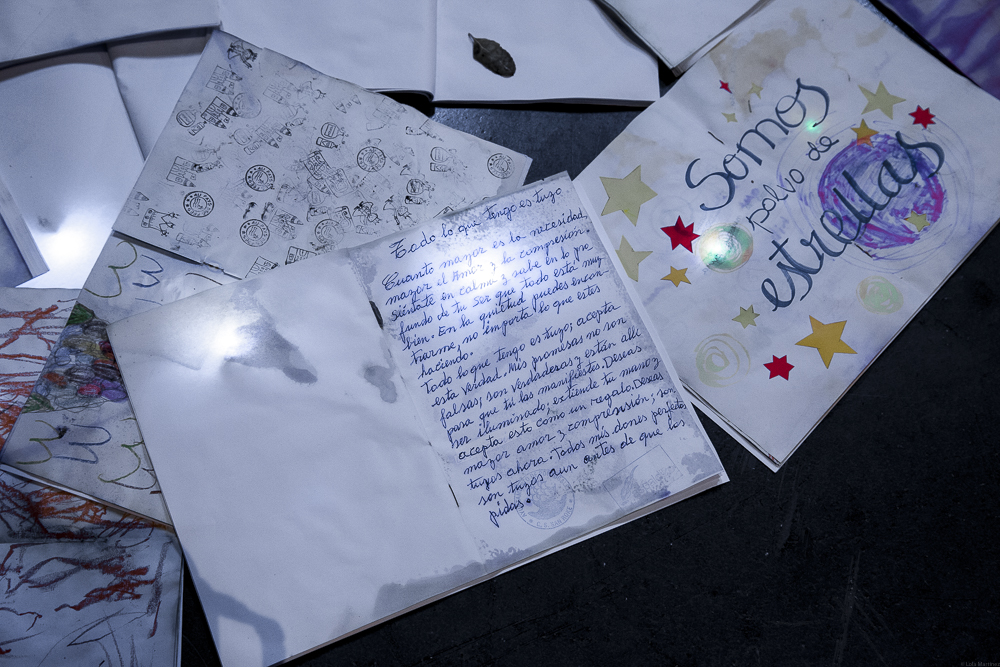
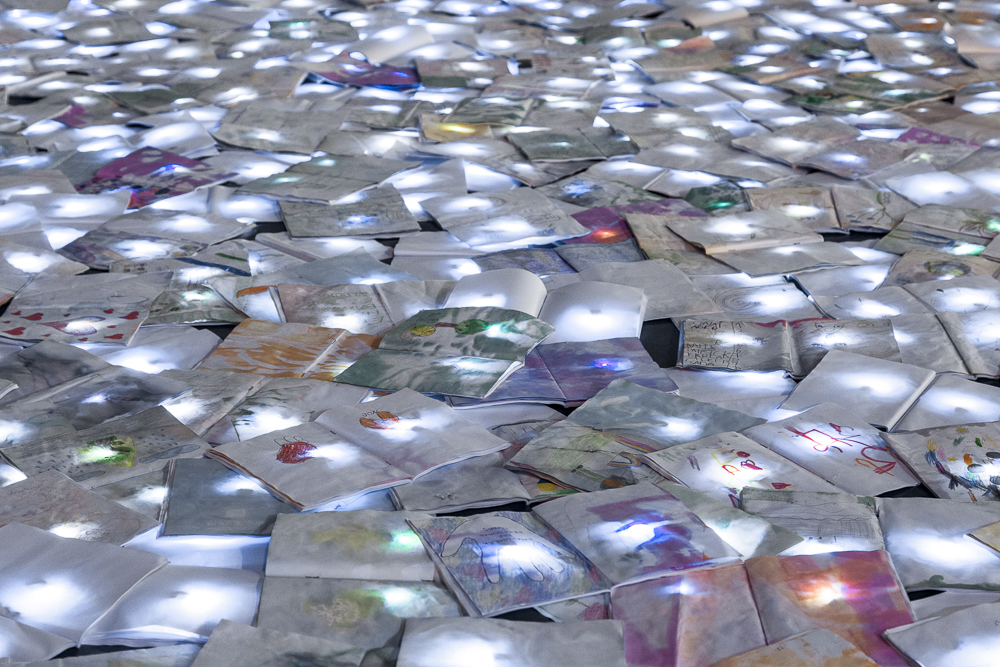
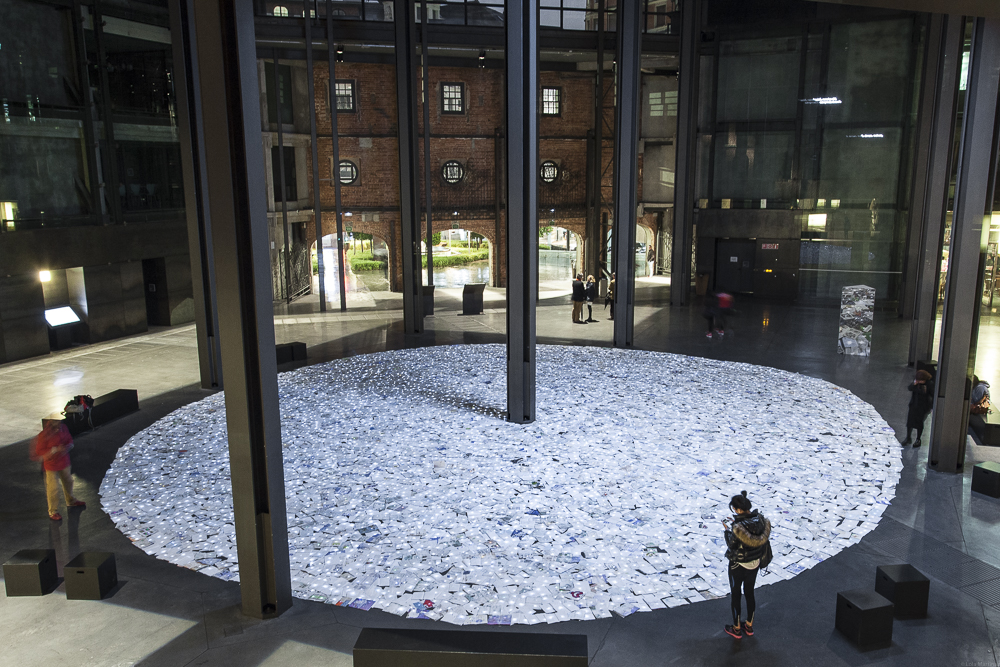
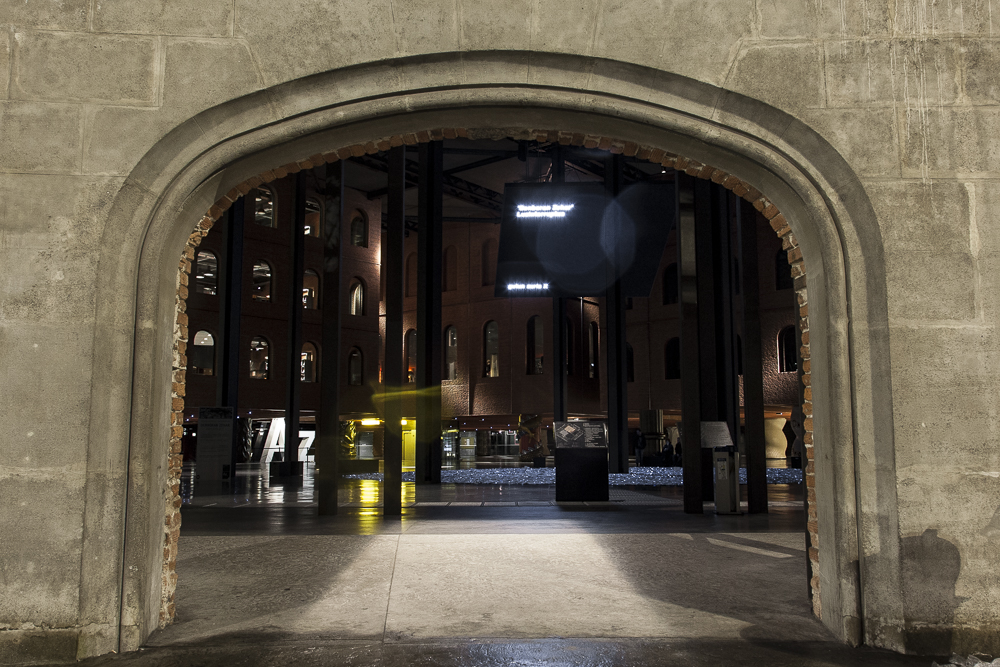
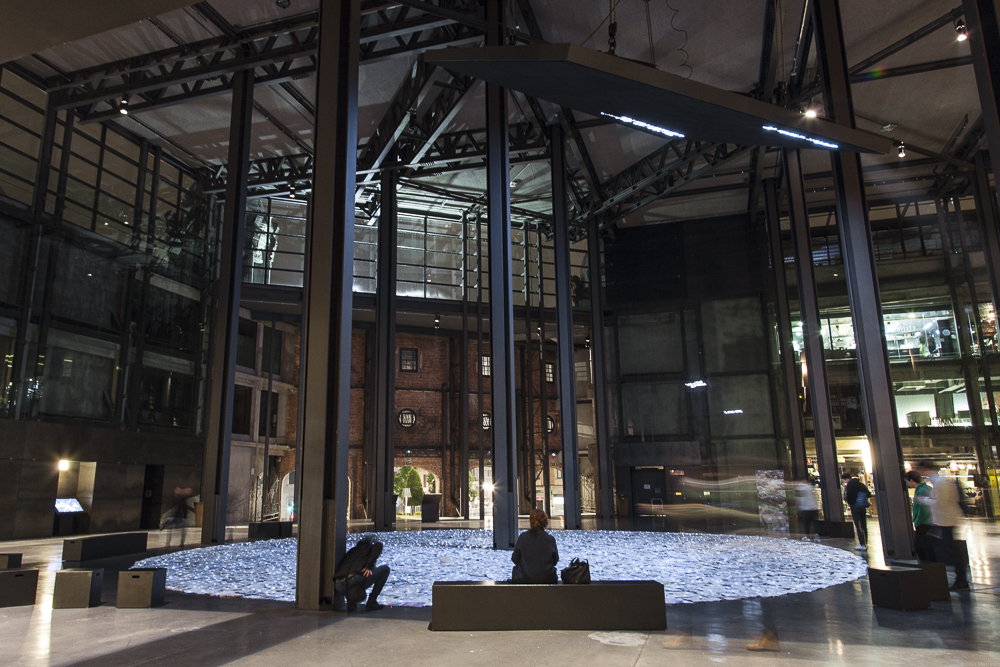
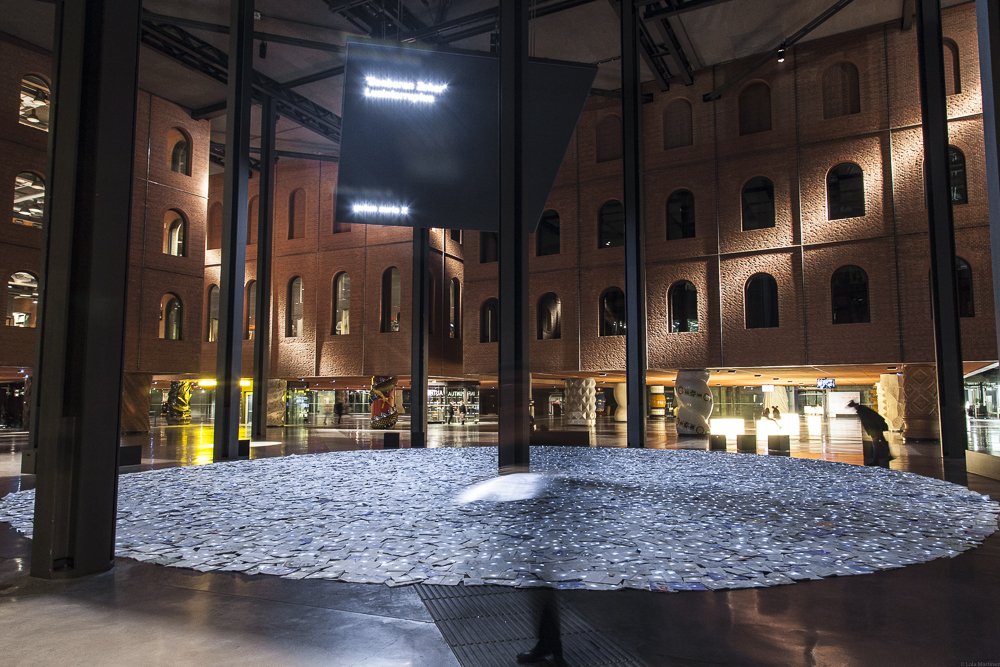
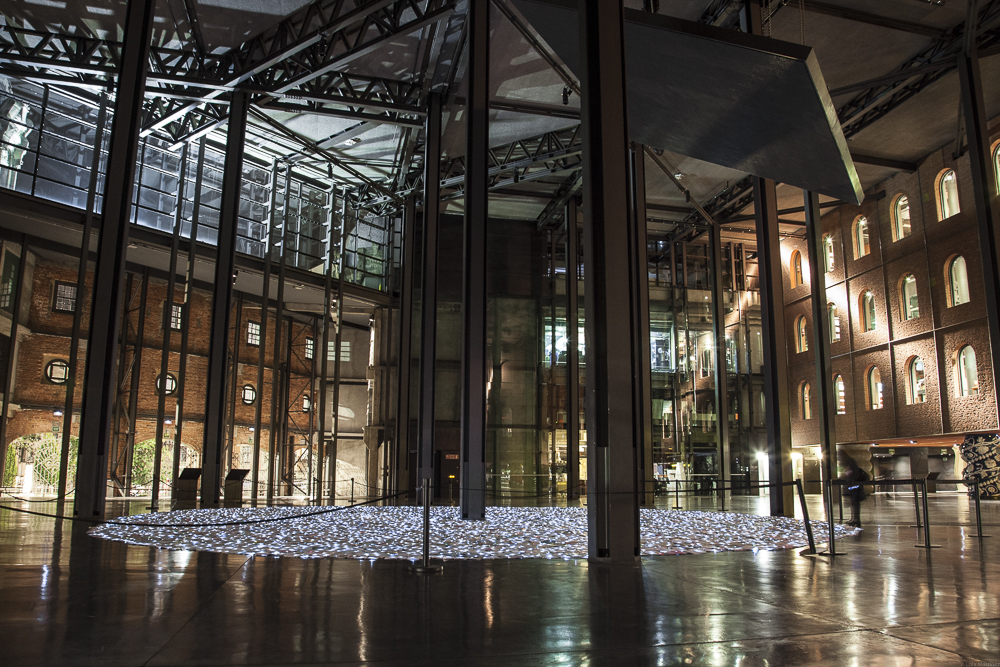
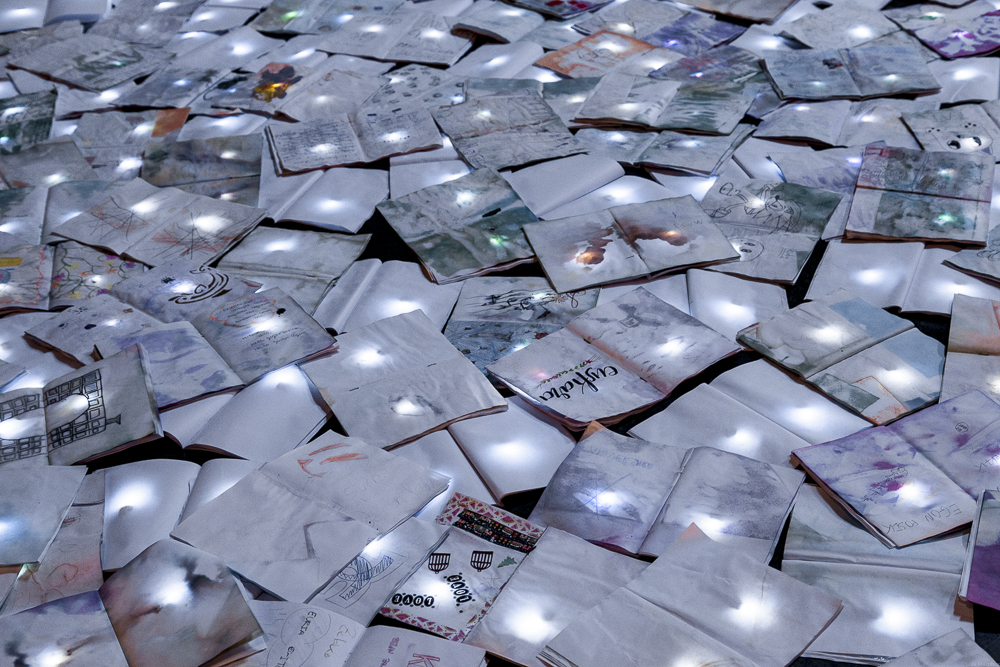
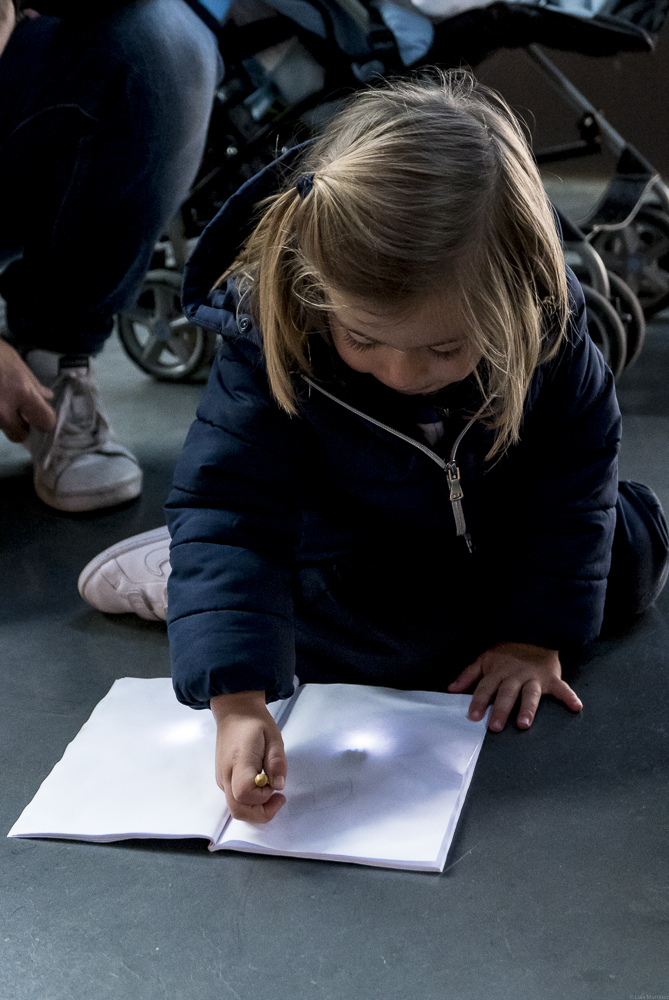
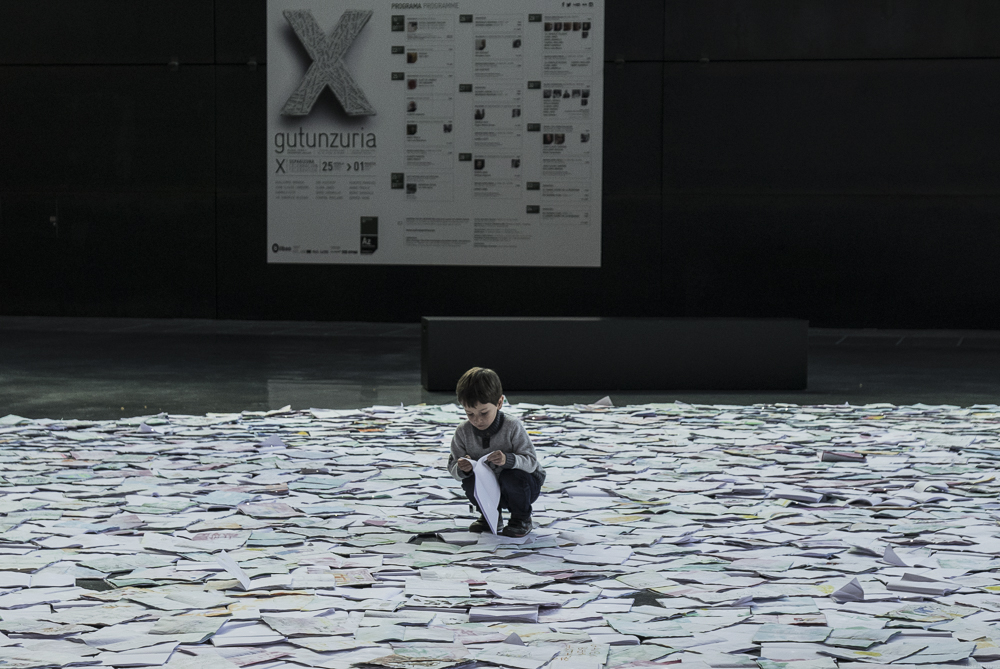
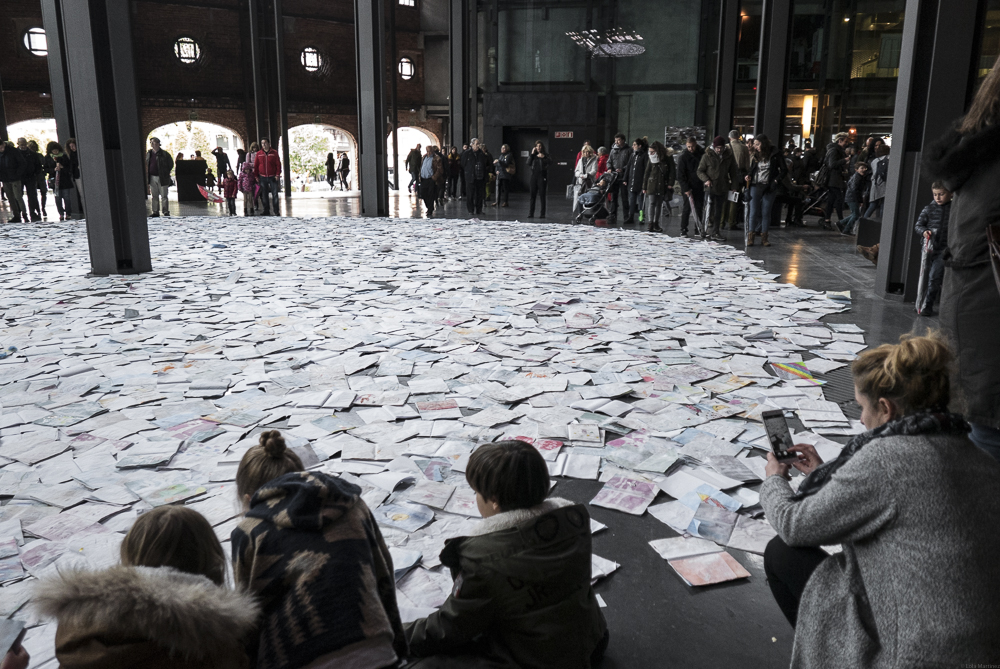
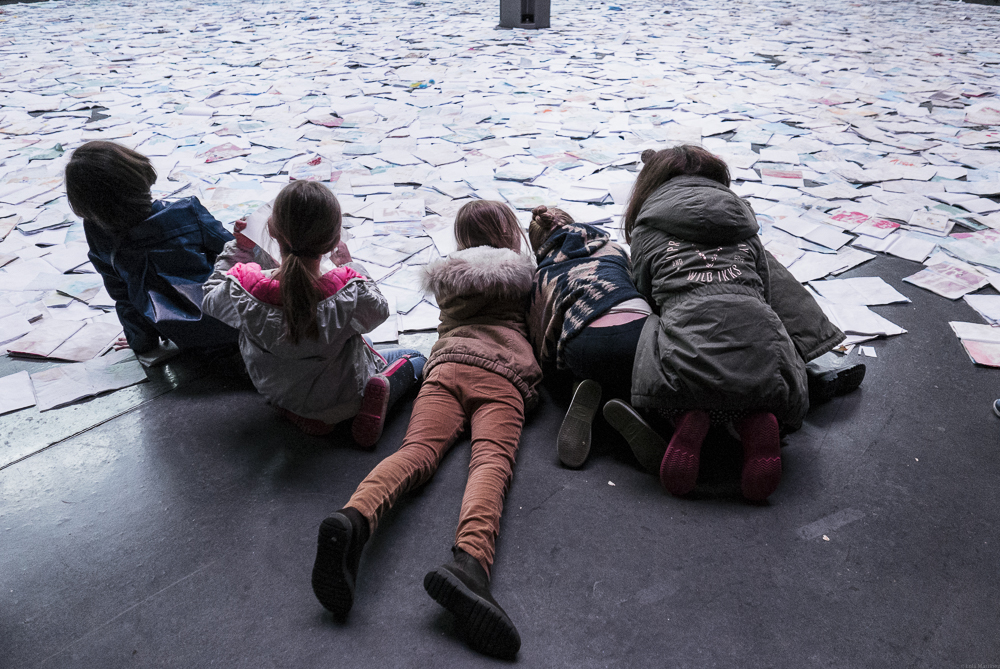
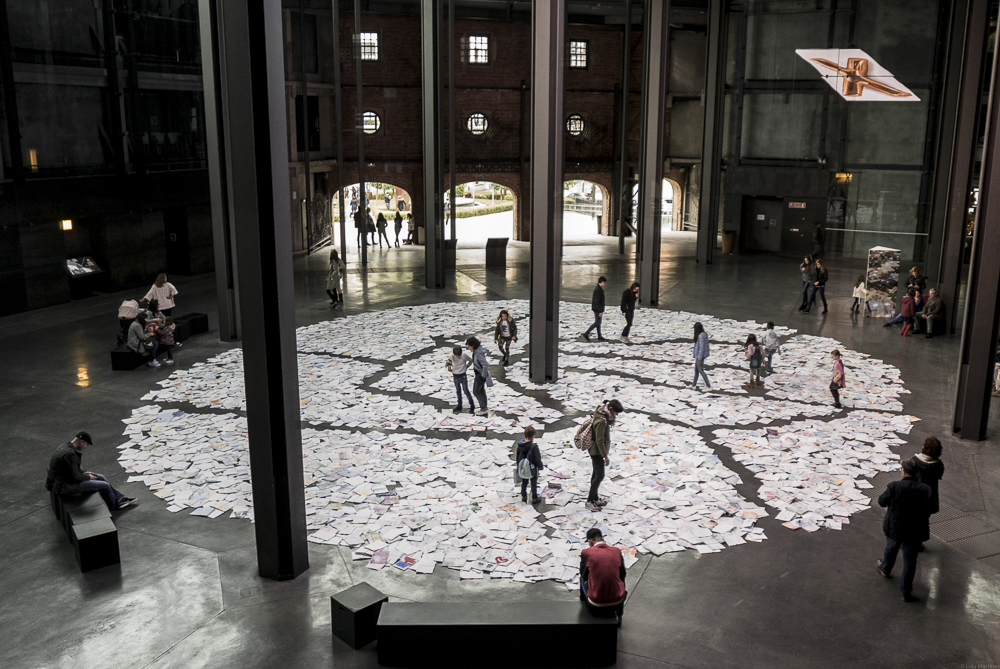

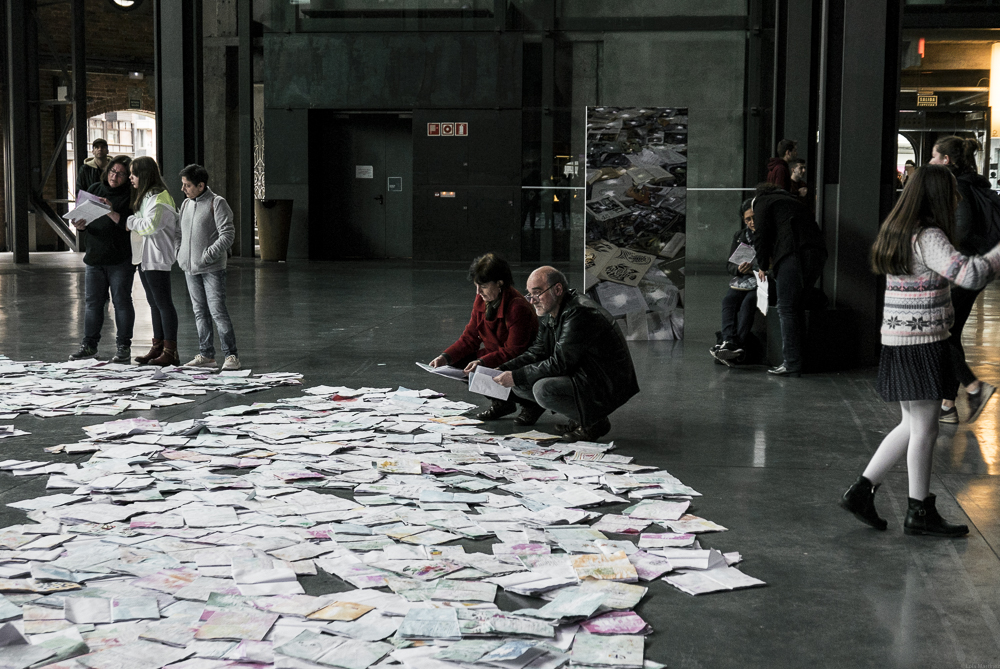
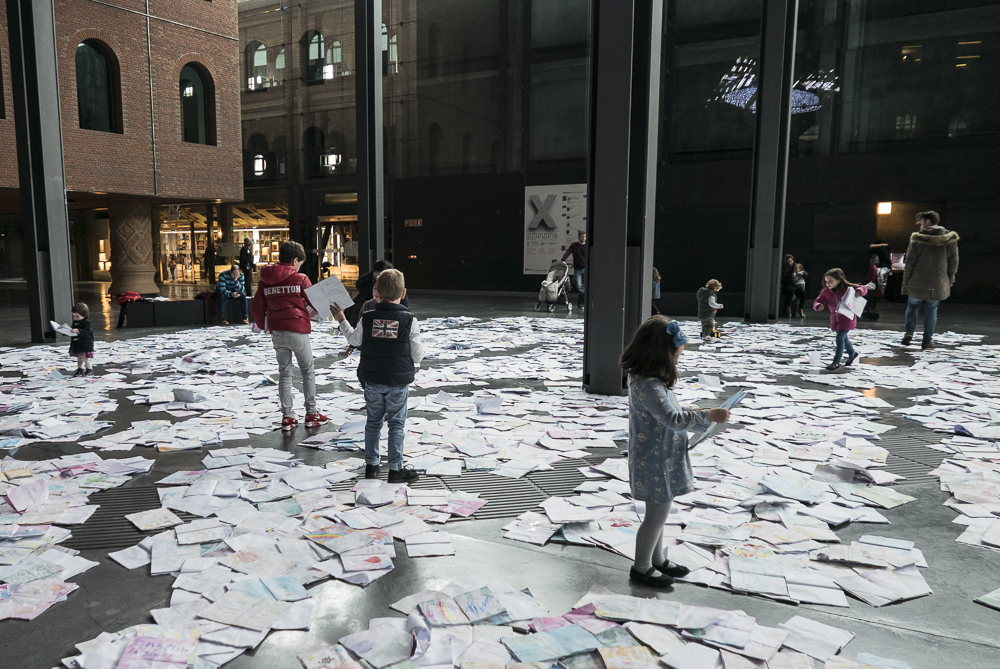
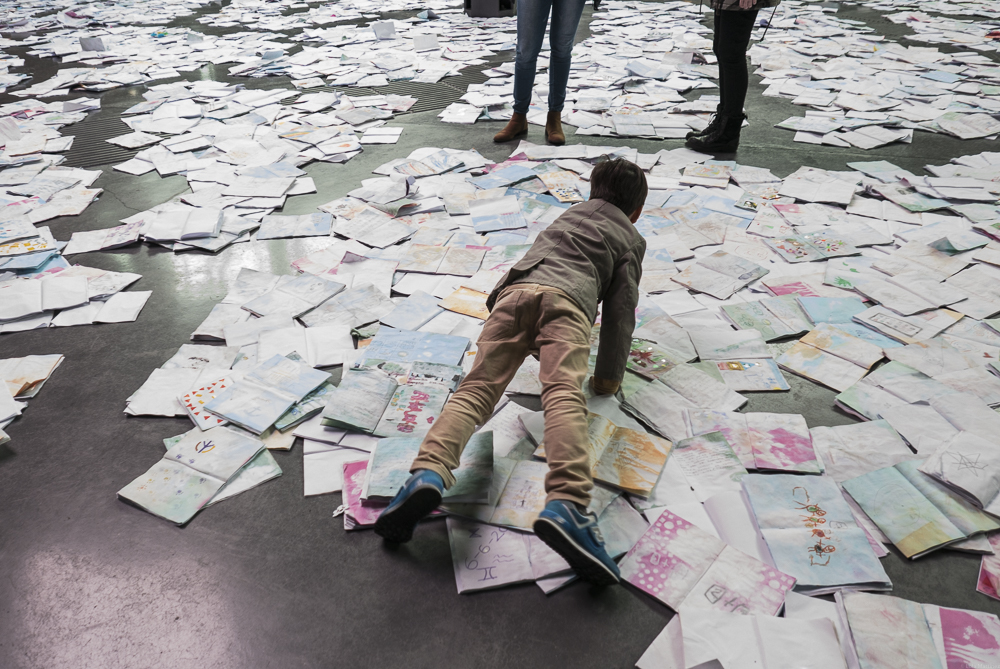
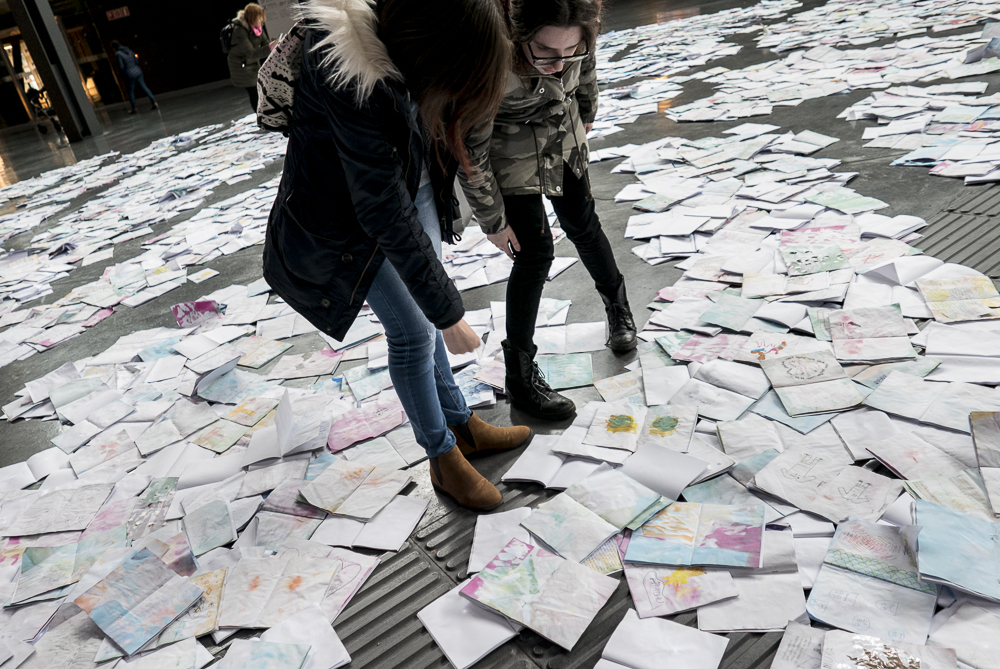
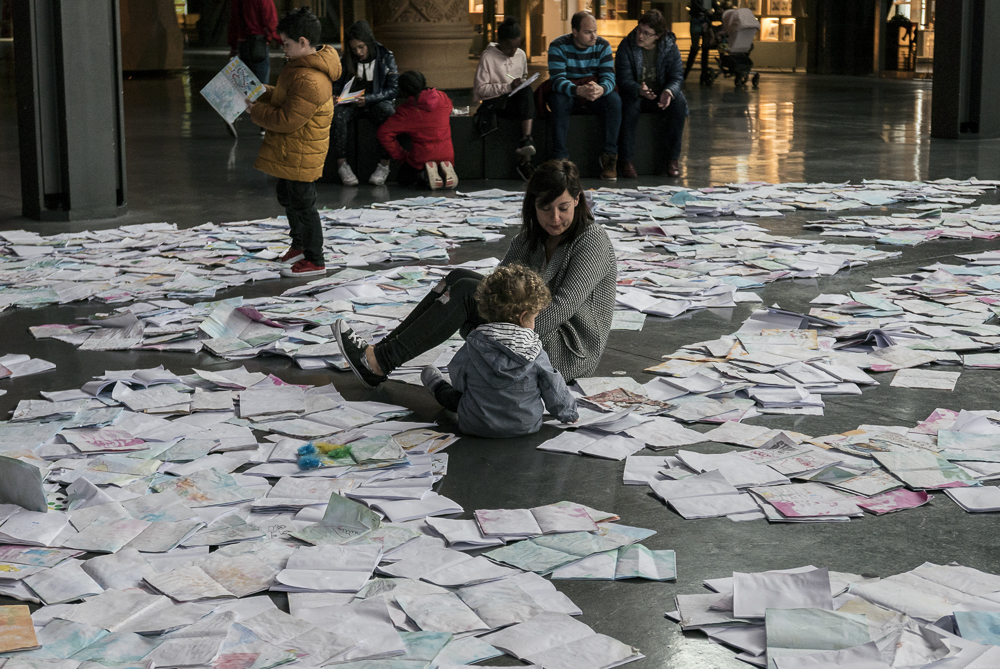
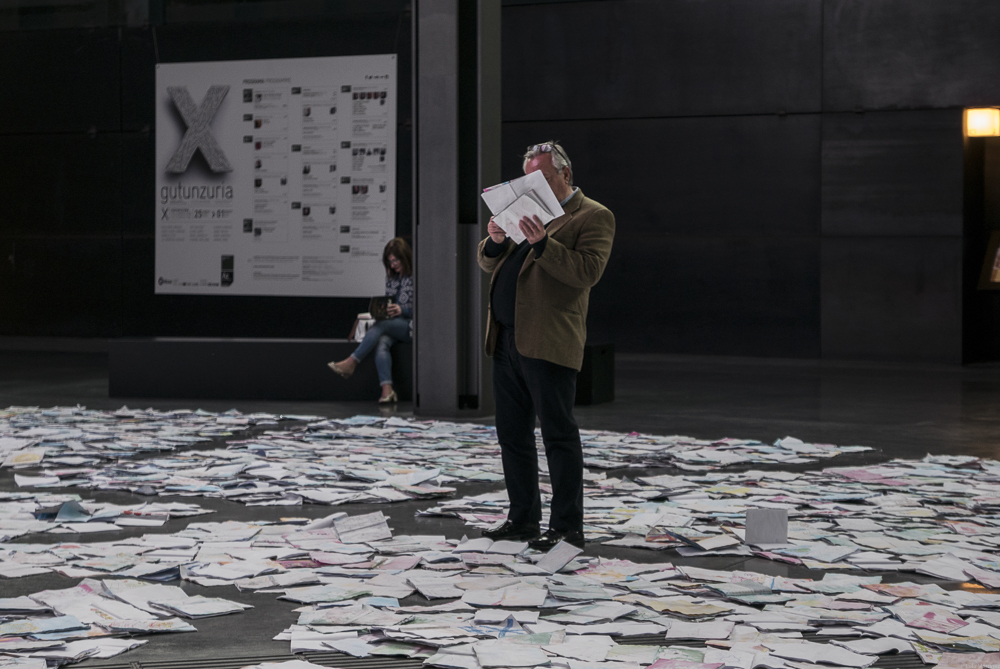



Last April we were invited by Azkuna Zentroa to carry out an installation to celebrate the 10th anniversary of Gutun Zuria (Bilbao Internacional Literature Festival). The piece was called “Denboran Zehar”. We wanted to pay personal tribute to creation and the march of time.
To this end, we looked for a way to make the traces left by time visible over a material associated with creation. We thought of those basic white paper notebooks so feared by artists when they are blank, and so beloved when they have been satisfactorily used, even becoming true objects of devotion despite their modest appearance. Within the alarming “anti-aging” context where we are currently immersed, we thought it would be interesting to give life to this idea.
In order to do this, we used 5,000 recycled paper notebooks which we left outdoors at the Azkuna Zentroa terrace for 25 days, with the intention of letting time and the weather work their charms on them at their own pace.
Prior to this, we invited people to personalize them by anonymously leaving their thoughts in their pages on any topic they chose. We warned them that, whatever they might do, was going to be deteriorated and that we couldn’t guarantee its physical integrity.
Despite these conditions, we managed to get 4,000 intervened notebooks thanks to the participation of area schools and also the activities programmed by the center for this purpose. We must say that, among their pages, we found true jewels of creation and thought, many amazing drawings, protest messages containing large doses of humor, also good stories, tales, and lots of jokes.
Time and Bilbao’s harsh climate took care of shaping the notebooks until turning them into rather three-dimensional imperfect, deteriorated pieces. These interventions surely suffered severe mutations and both, the colors and the materials, eventually blended, blurring the messages so, to our surprise, everything ended up acquiring a strange homogeneity within the purest eclecticism.
We illuminated the notebooks one by one and built a piece with them in the building’s atrium, a space open to the street which, far from being considered an interior, it is used as a continuation of the street, something that was very important to us.
There we installed our large, perfect circle of notebooks, invading all the space and changing the transit flow of users in order to make them more revolving. On the last day, it was possible to transit in the interior of this hall and we gave the illuminated notebooks to visitors. The remaining ones were available for a week in the atrium for anyone to take home.
We want to thank Azkuna Kentroa for thinking of us to celebrate this important anniversary of Gutur Zuria. Thanks to Mediateka for hosting us, accompanying us, and looking after us during the long elaboration process of the piece – Alasne, Sandra, Rakel, Lourdes… a real pleasure.
Many thanks, of course, to our team of friends who shared with us these long working days with a good attitude and a better humor to make the piece possible. To the guys from the penitentiary who helped us, and to all of the center’s personnel who were always tending to our needs.
Special thanks to Lola Martínez for her wonderful photographic work.
Time of installation: and installation:8 days.
Damages: none.
Exhibition time: 8 days.
————————
El pasado mes de abril, fuimos invitados por Azkuna Zentroa a llevar a cabo una instalación para festejar el 10º aniversario de Gutun Zuria, (Festival Internacional de las Letras de Bilbao). «Denboran Zehar» se llamó la pieza, y queríamos rendir un personal homenaje a la creación y al paso del tiempo.
Buscamos para ello una manera de hacer visible la huella que deja el tiempo sobre un material asociado a la creación, pensamos en esos básicos cuadernos de hojas blancas, tan temidos por los artistas cuando están en blanco y tan amados cuando han sido usados satisfactoriamente, llegando a convertirse en verdaderos objetos de culto, a pesar de su modesta apariencia. En el contexto alarmantemente «antiaging» en el que estamos inmersos, nos pareció que sería interesante darle vida.
Usamos para ello 5.000 cuadernos de papel blanco reciclado, que dejamos a la intemperie en la terraza de Azkuna Zentroa durante 25 días, buscando que el tiempo y la climatología fueran trabajando en ellos a su ritmo.
Previamente invitamos a personalizarlos, dejando entre sus páginas pensamientos sobre cualquier tema de manera anónima y advirtiendo que lo que hicieran iba a sufrir deterioro y que no podíamos asegurar su integridad.
A pesar de los condicionantes, llegamos a conseguir unos 4.000 cuadernos intervenidos, gracias a la participación de colegios de la zona y también a las actividades programadas por el centro para ese fin. Tenemos que decir que entre sus páginas encontramos verdaderas joyitas de la creación y el pensamiento, muchísimos dibujos alucinantes, mensajes reivindicativos y con grandes dosis de humor, también buenas historias, cuentos y montones de chistes.
El tiempo y la dura climatología de Bilbao, se encargaron de dar forma a los cuadernos hasta convertirlos en piezas imperfectas y deterioradas, mas tridimensionales. Por supuesto las intervenciones sufrieron severas mutaciones y tanto colores como materiales acabaron mezclándose, llegando a desenfocar los mensajes, con lo que para nuestra sorpresa, todo acabó adquiriendo una extraña homogeneidad, dentro del mas puro eclecticismo.
Iluminamos los cuadernos uno a uno y construimos con ellos la pieza, en el atrio del edificio, un espacio abierto a la calle, que lejos de considerarse un interior, es usado como prolongación de la calle, algo que era muy importante para nosotros.
Allí instalamos nuestro gran y perfecto círculo de cuadernos, invadiendo todo el espacio y cambiando los flujos de transito de los usuarios para hacerlos mas giratorios. El último día, se pudo transitar por el interior de la pieza y regalamos los cuadernos iluminados a los visitantes, el resto quedó disponible durante una semana en el mismo atrio para todos los que quisieron adoptarlos y llevárselos a casa.
Queremos dar las gracias a Azkuna Kentroa por pensar en nosotros para celebrar este importante aniversario de Gutur Zuria. A la Mediateka por acogernos, acompañarnos y cuidarnos durante el largo proceso de elaboración de la pieza, Alasne, Sandra, Rakel, Lourdes… un verdadero placer.
Por supuesto agradecer a todo el equipo de amigos que compartió con nosotros largos días de trabajo con buen talante y mejor humor para que la pieza llegara a buen puerto, A los chicos de la cárcel que nos ayudaron y a todo el personal del centro que siempre estuvo atento a nuestras necesidades.
Gracias sobre todo a Lola Martínez por el estupendo trabajo fotográfico.
Tiempo de montaje e instalación: 8 dias, y 25 mas a la intemperie.
Daños ocasionados: 0.
Permanencia de la intervención: 8 días.
